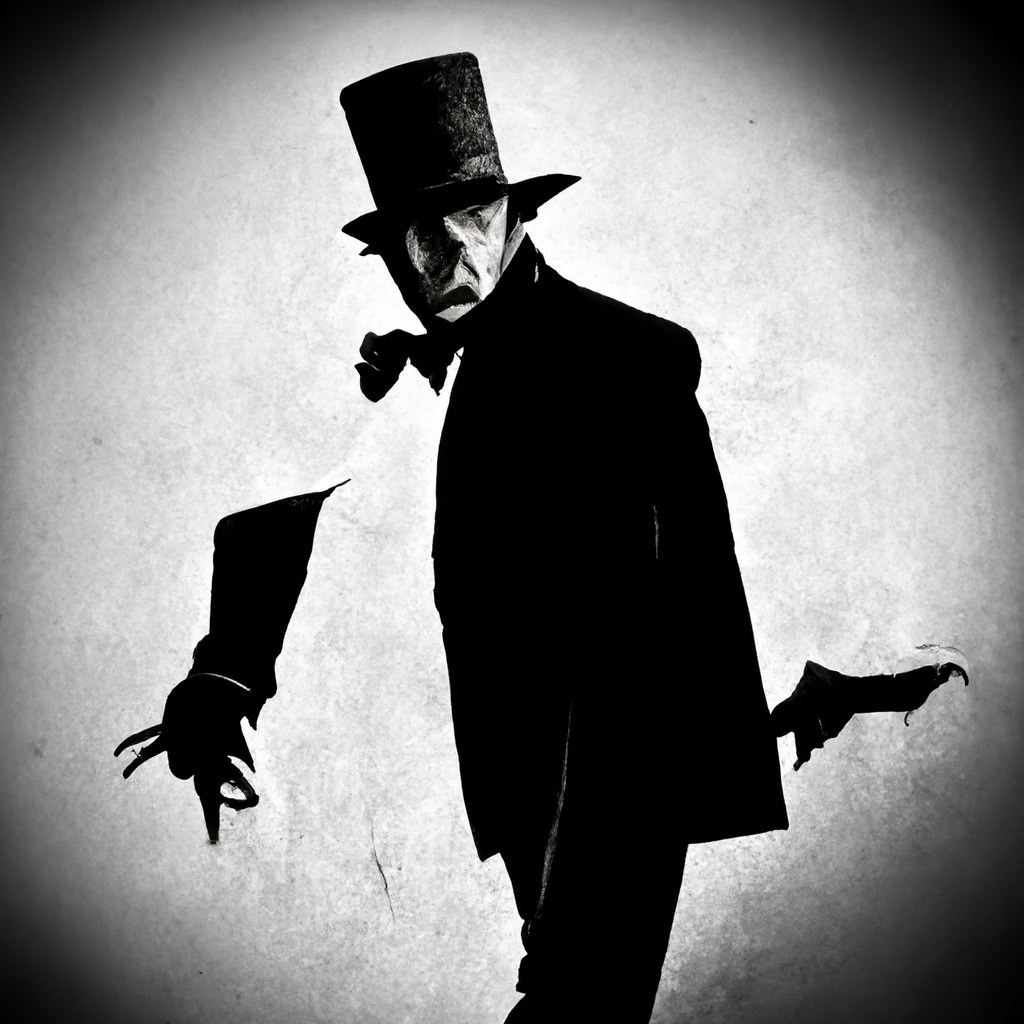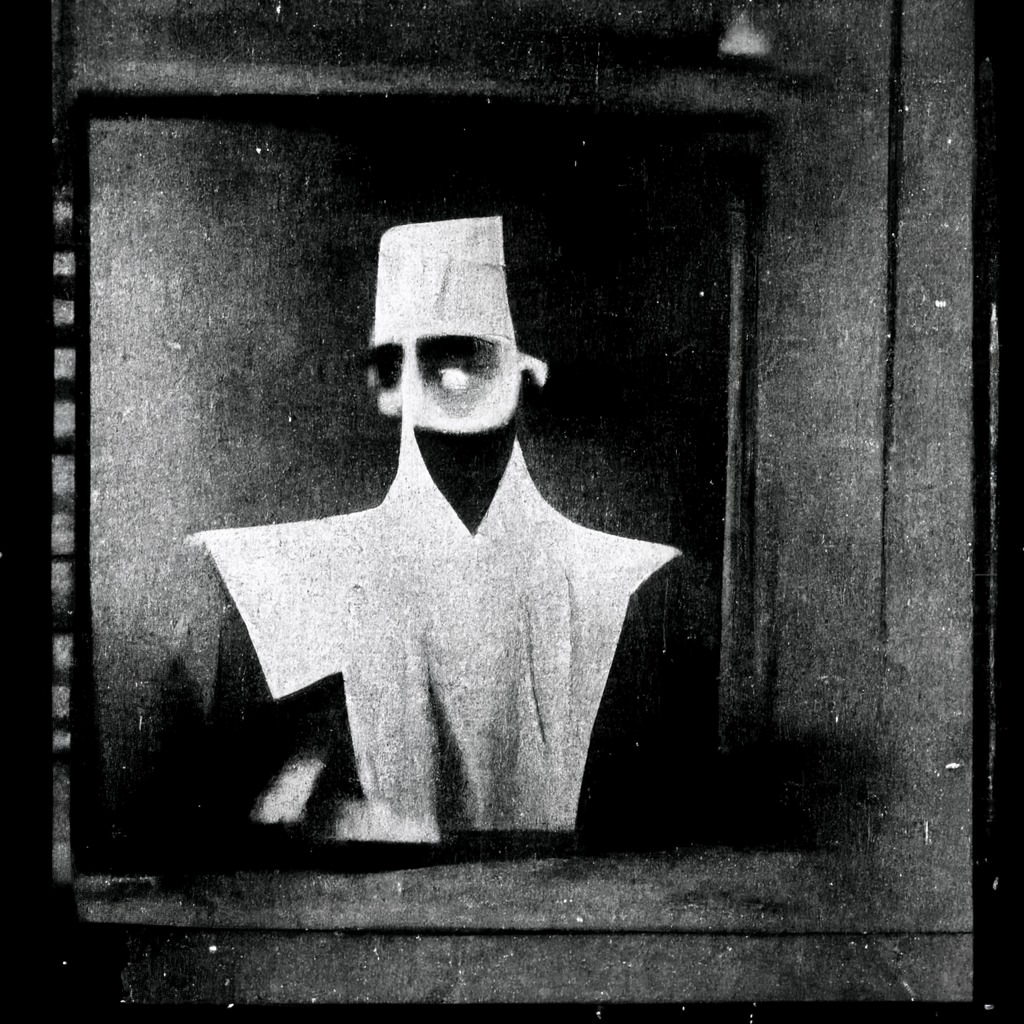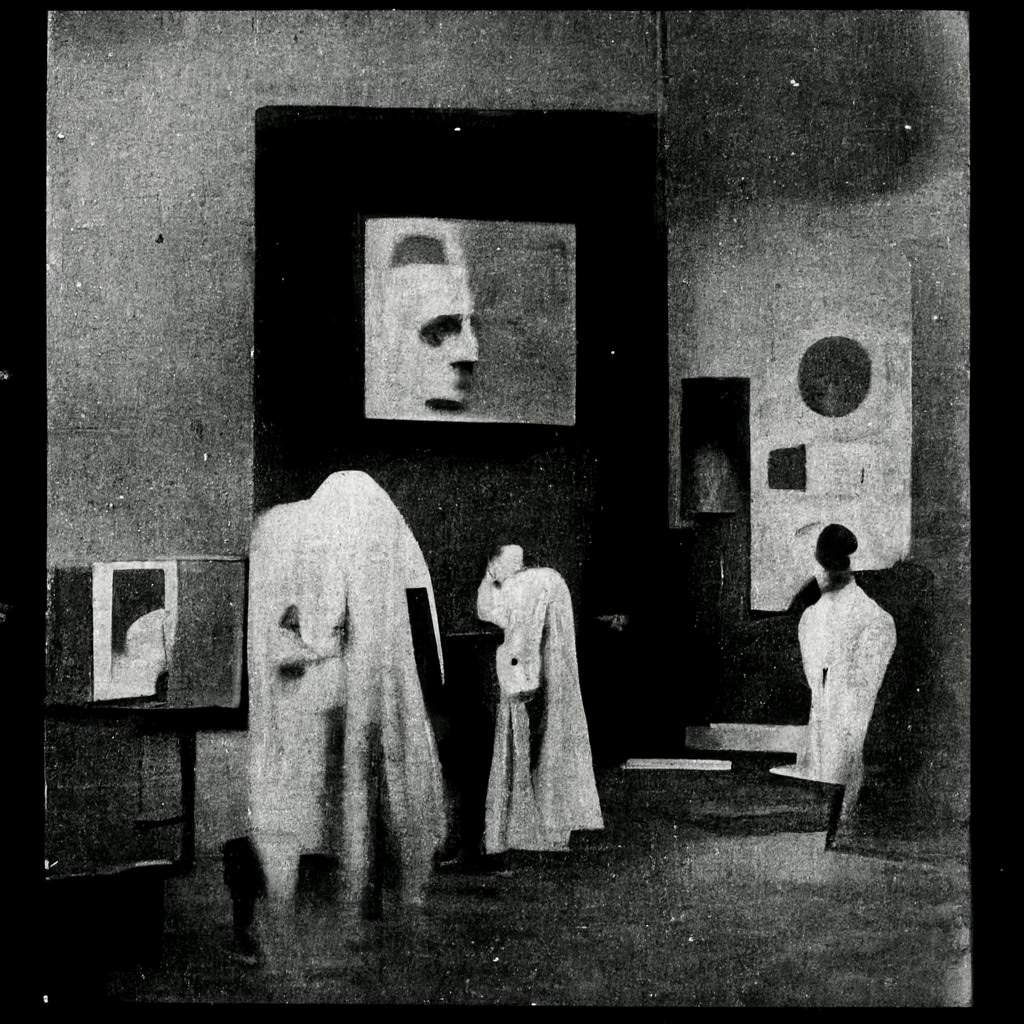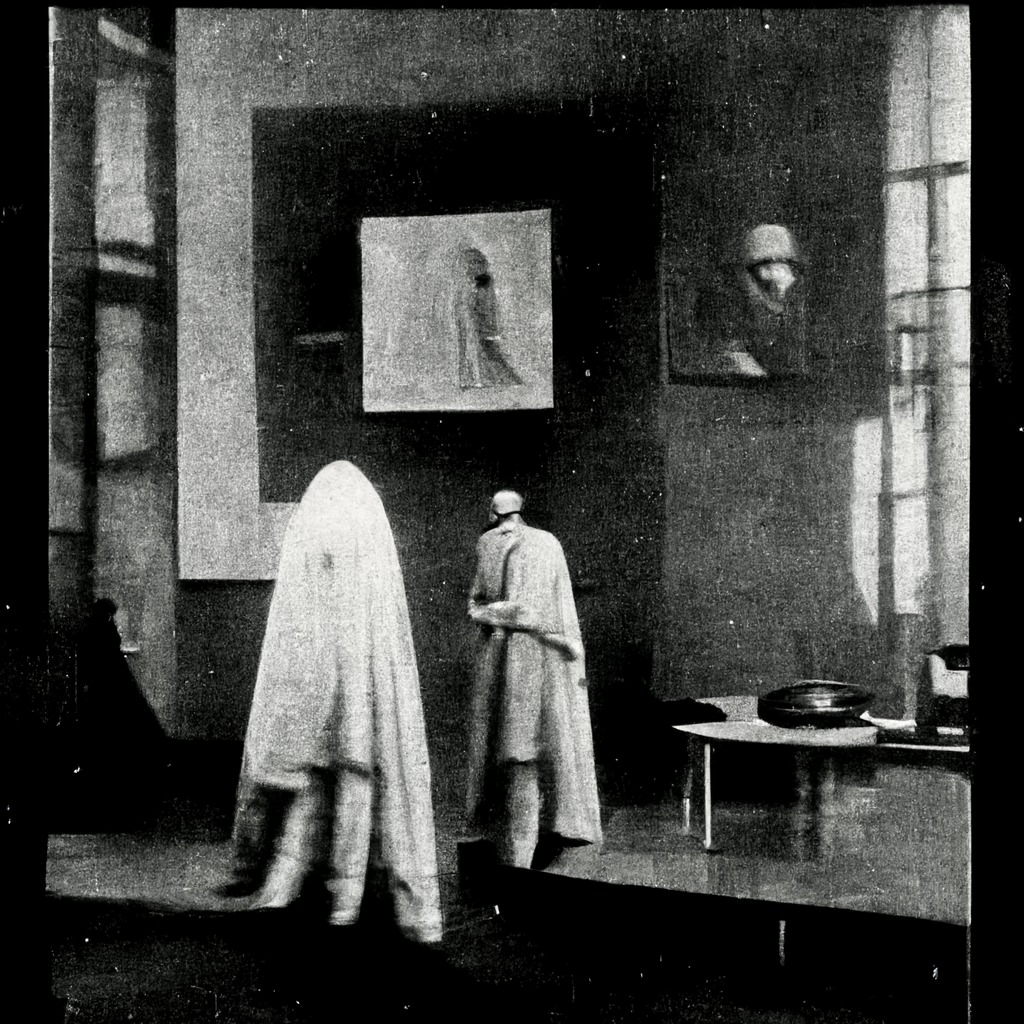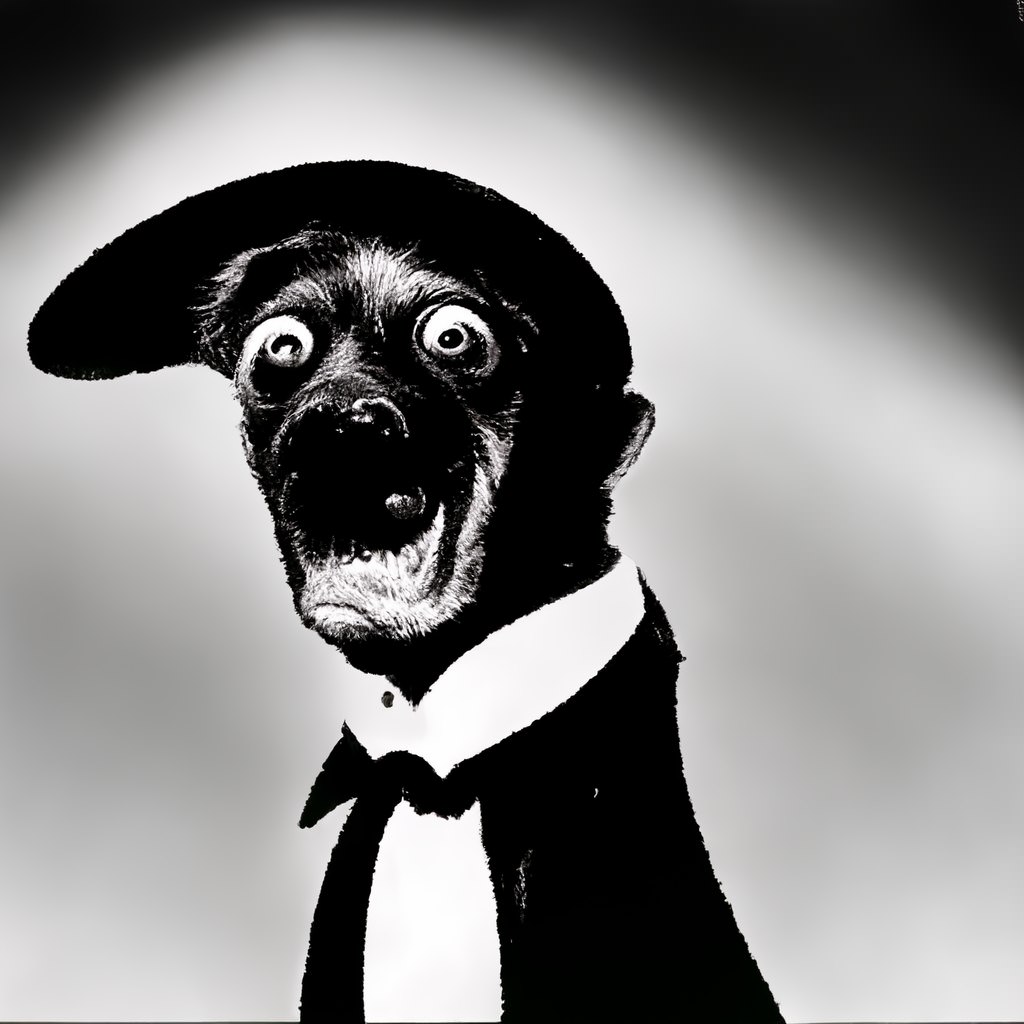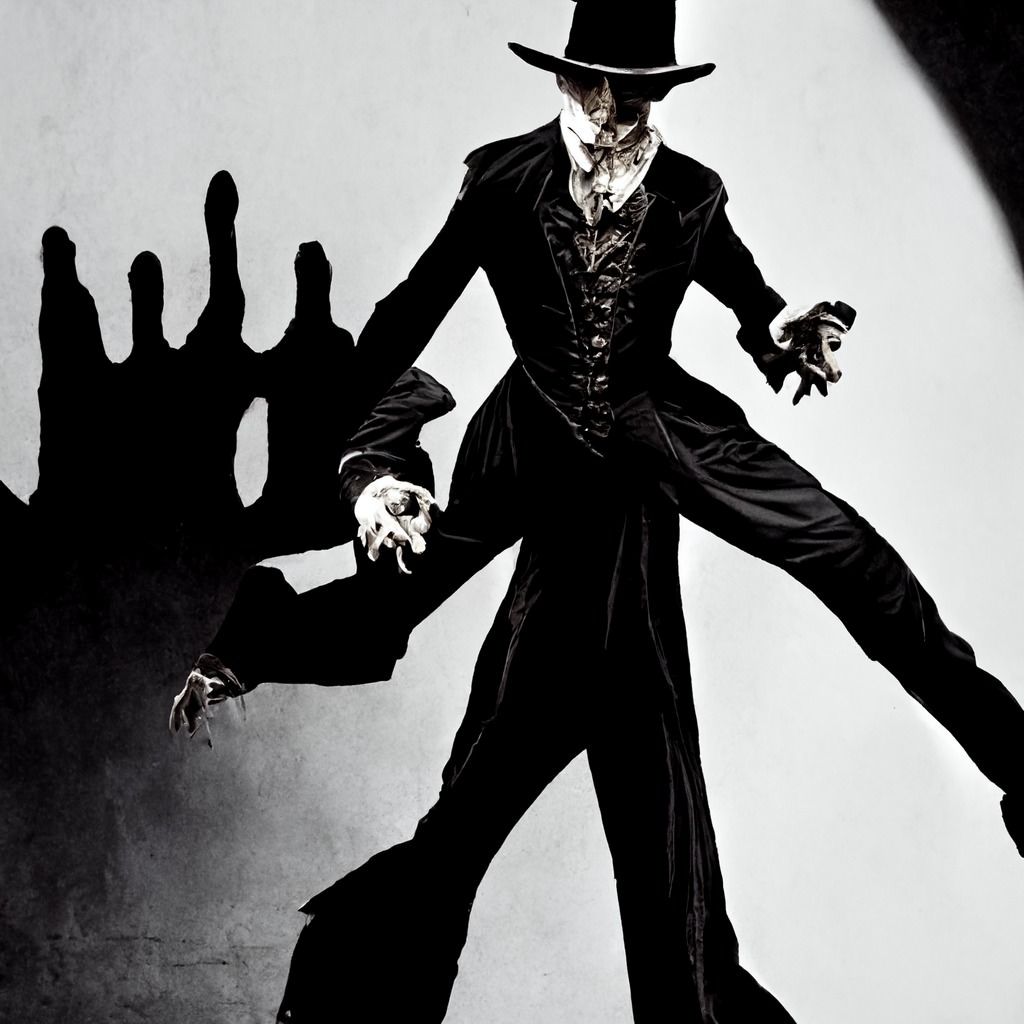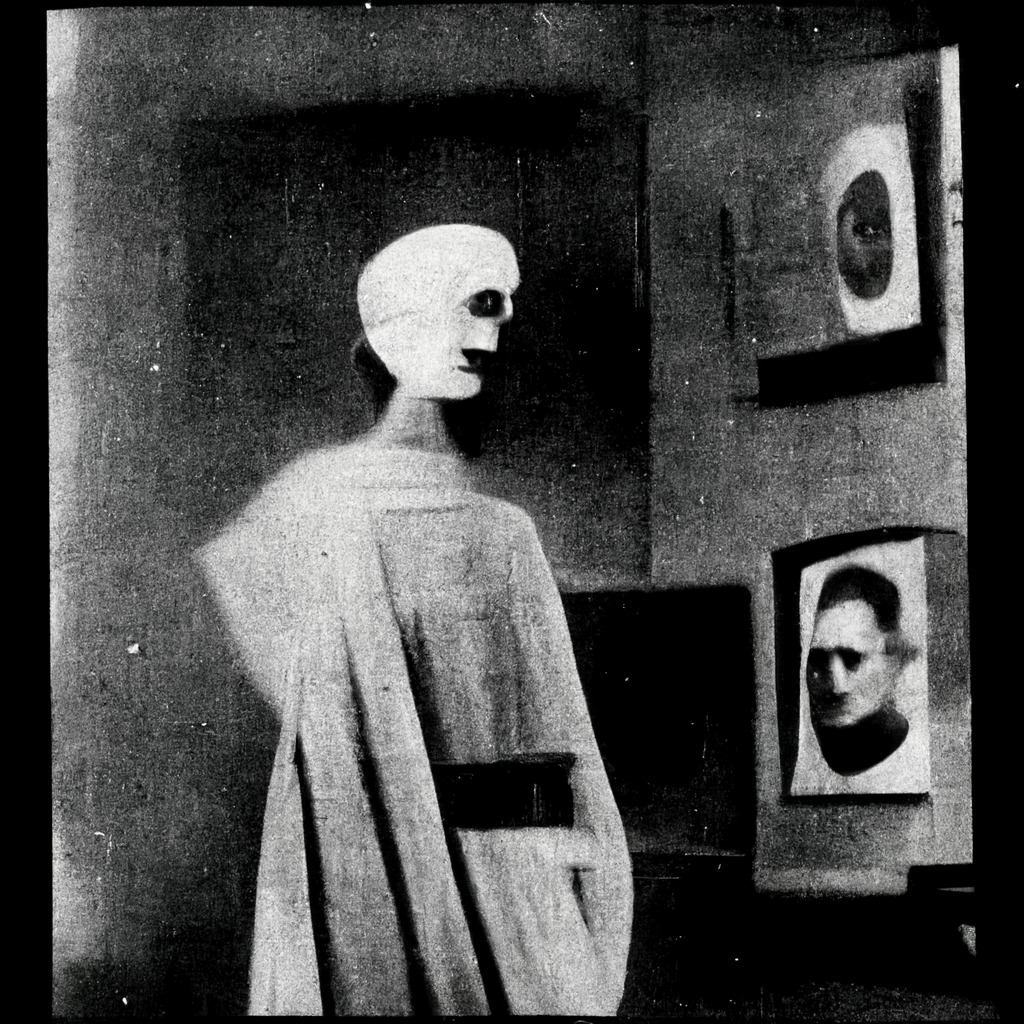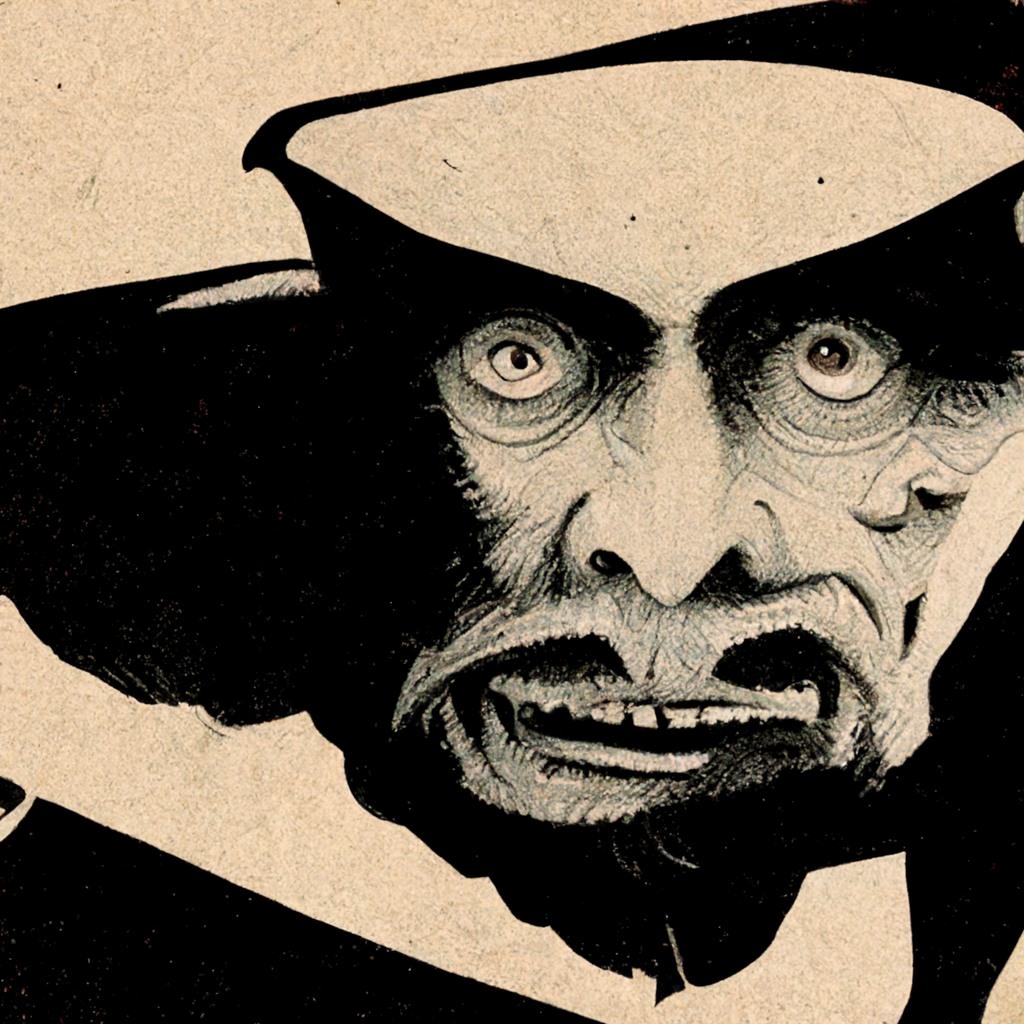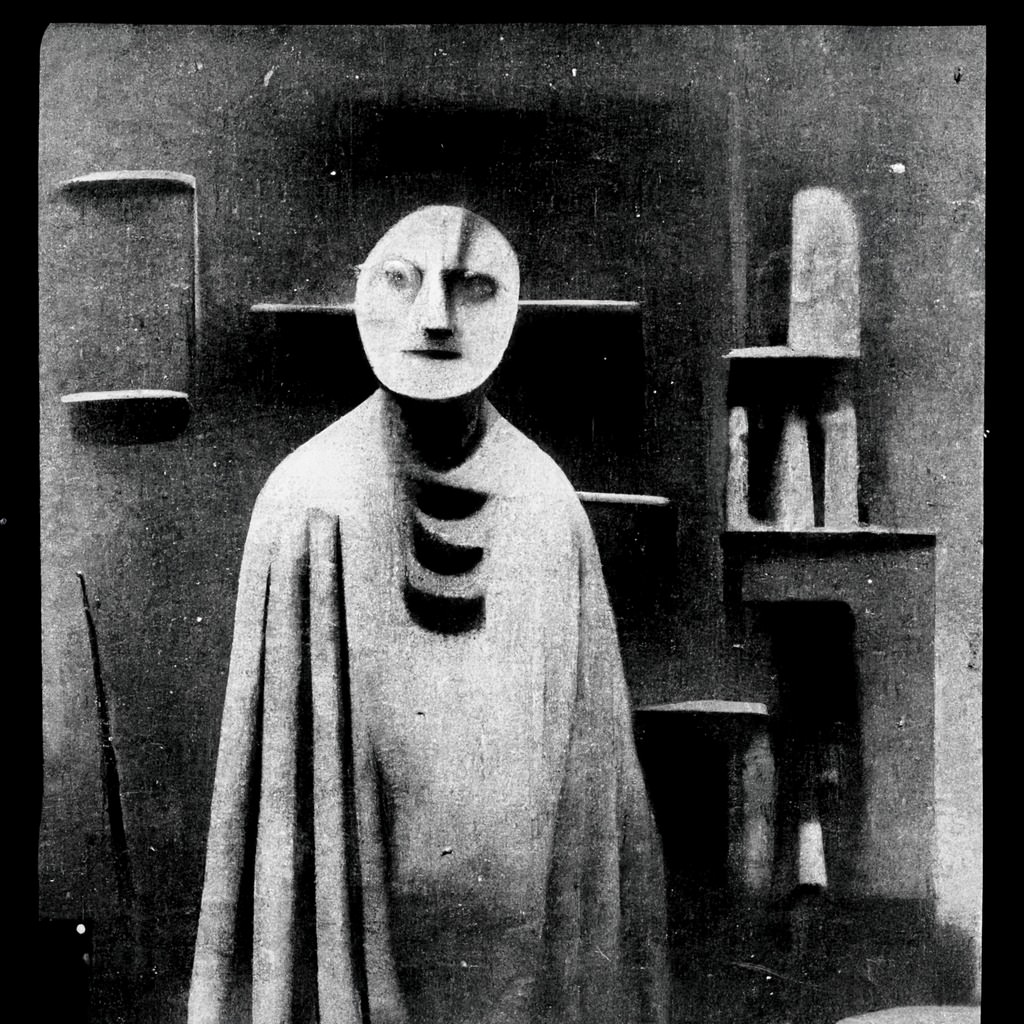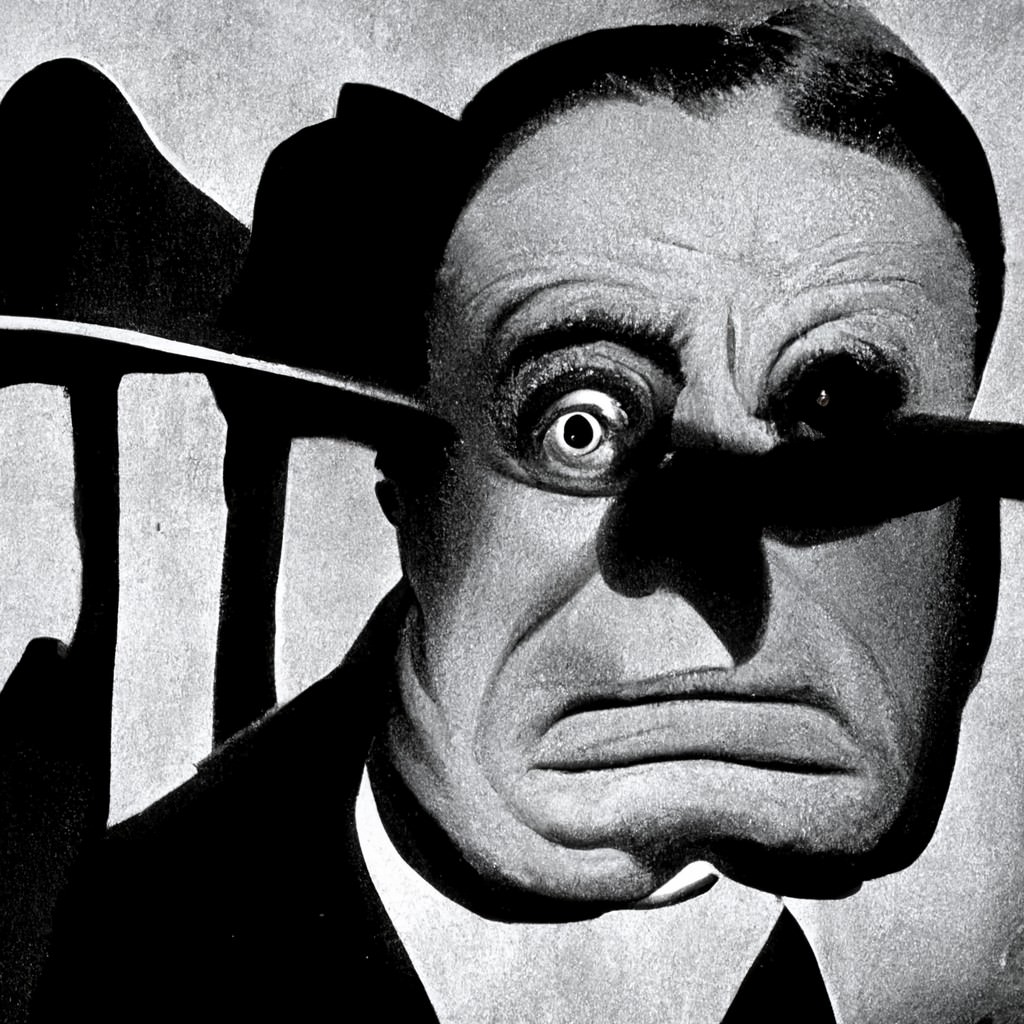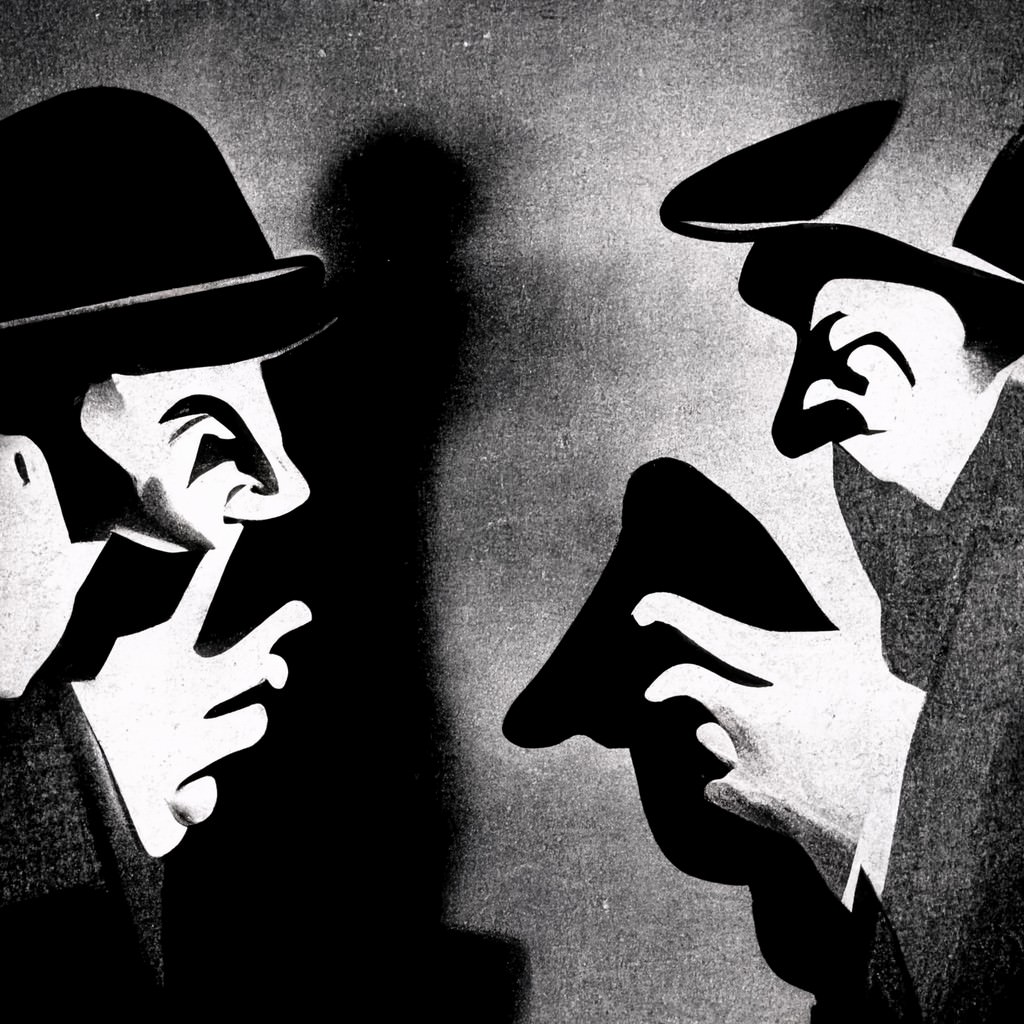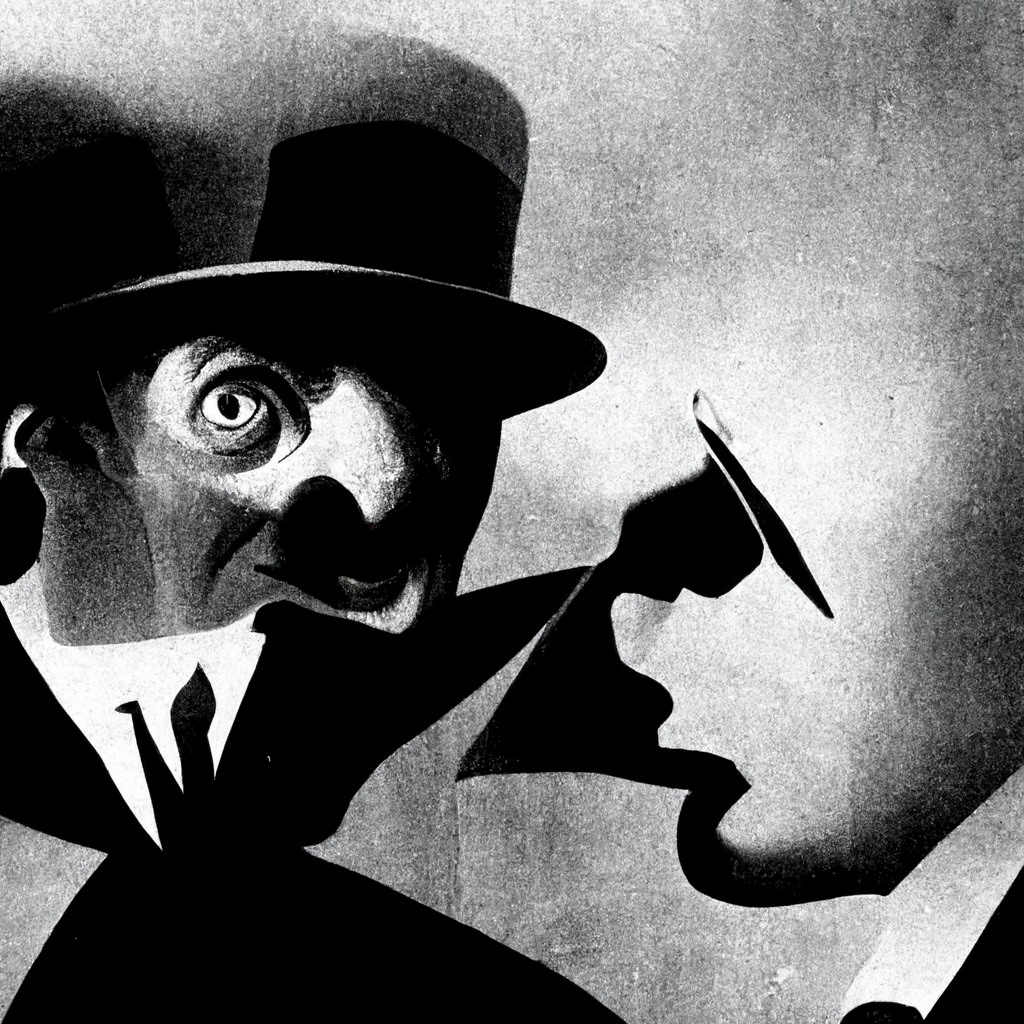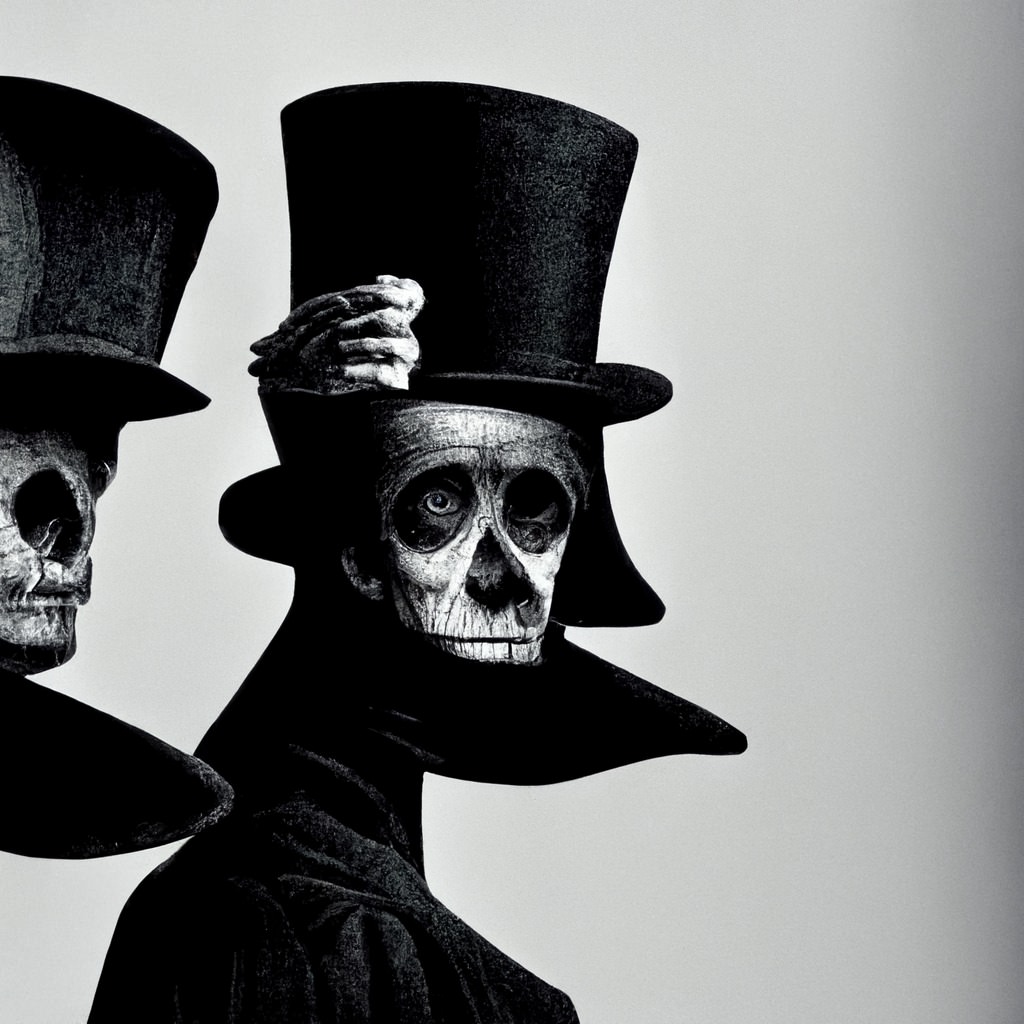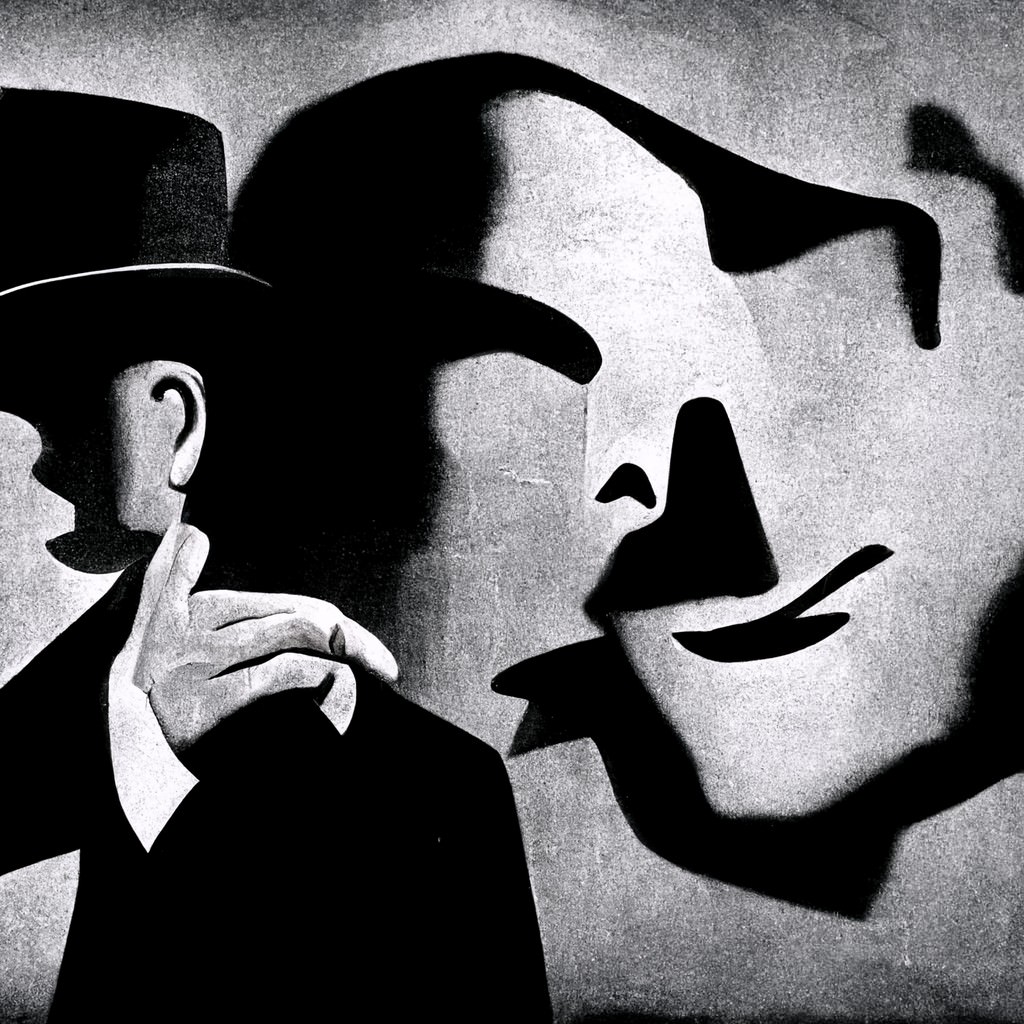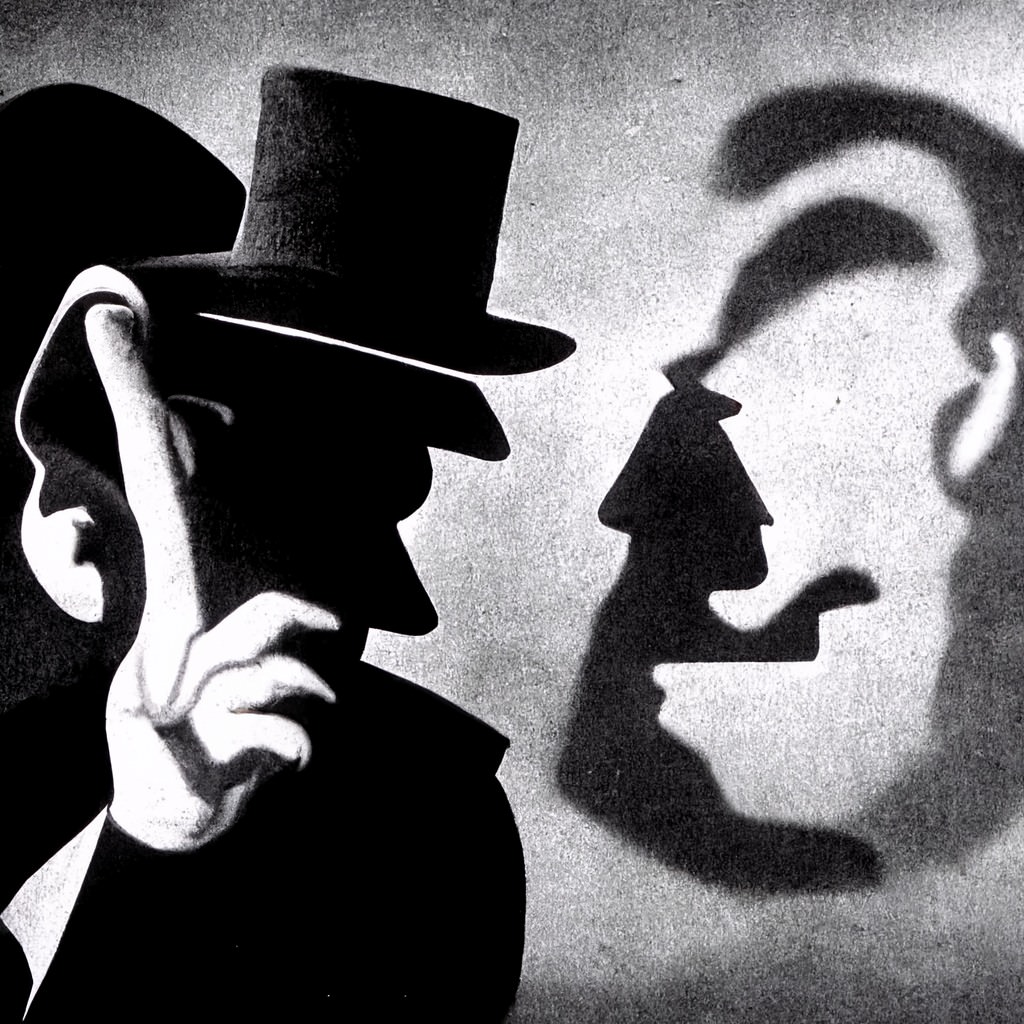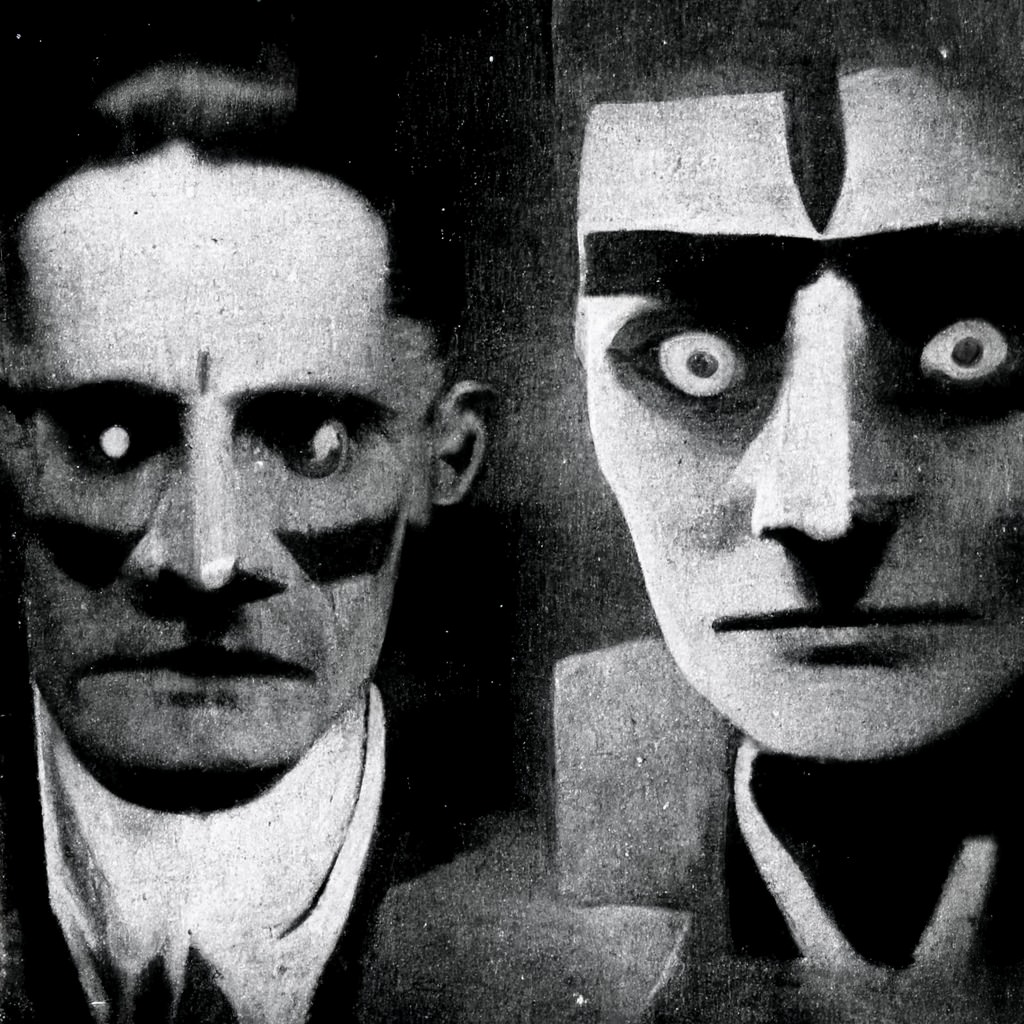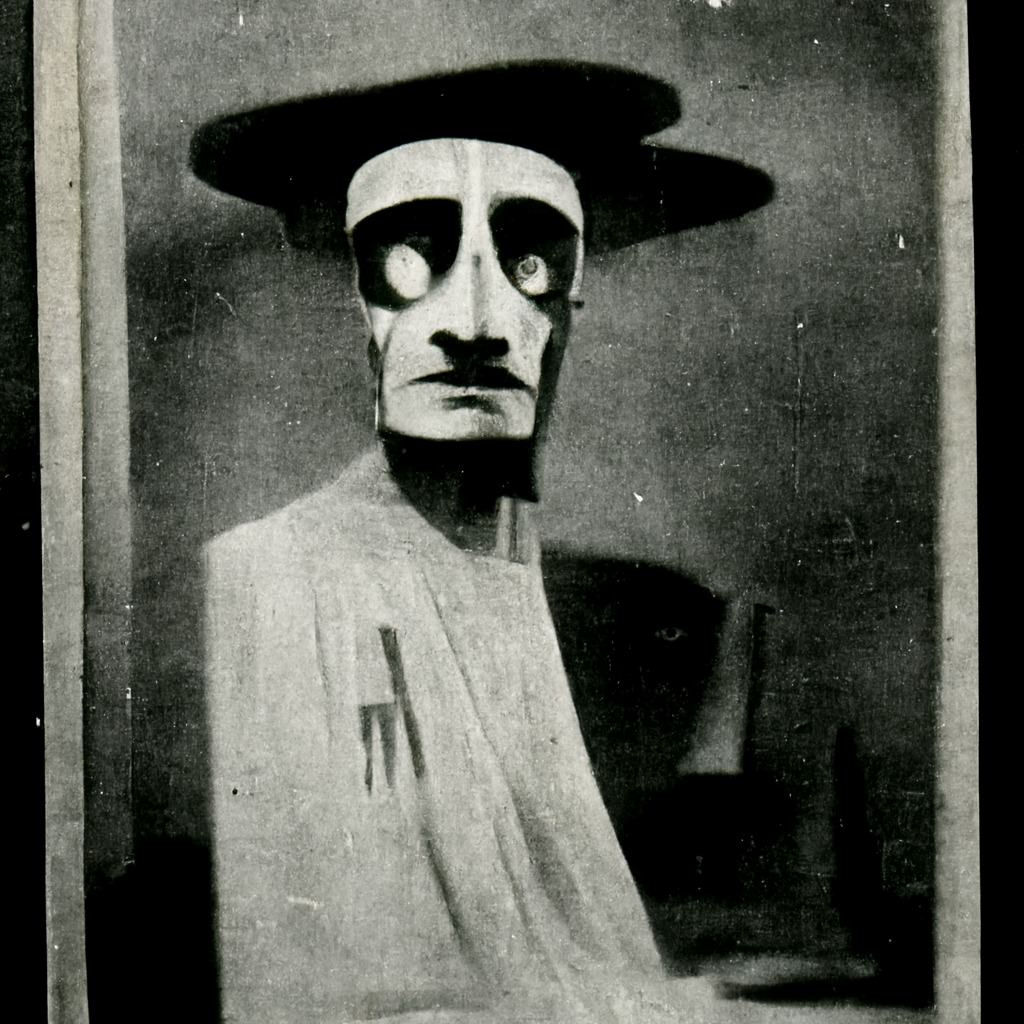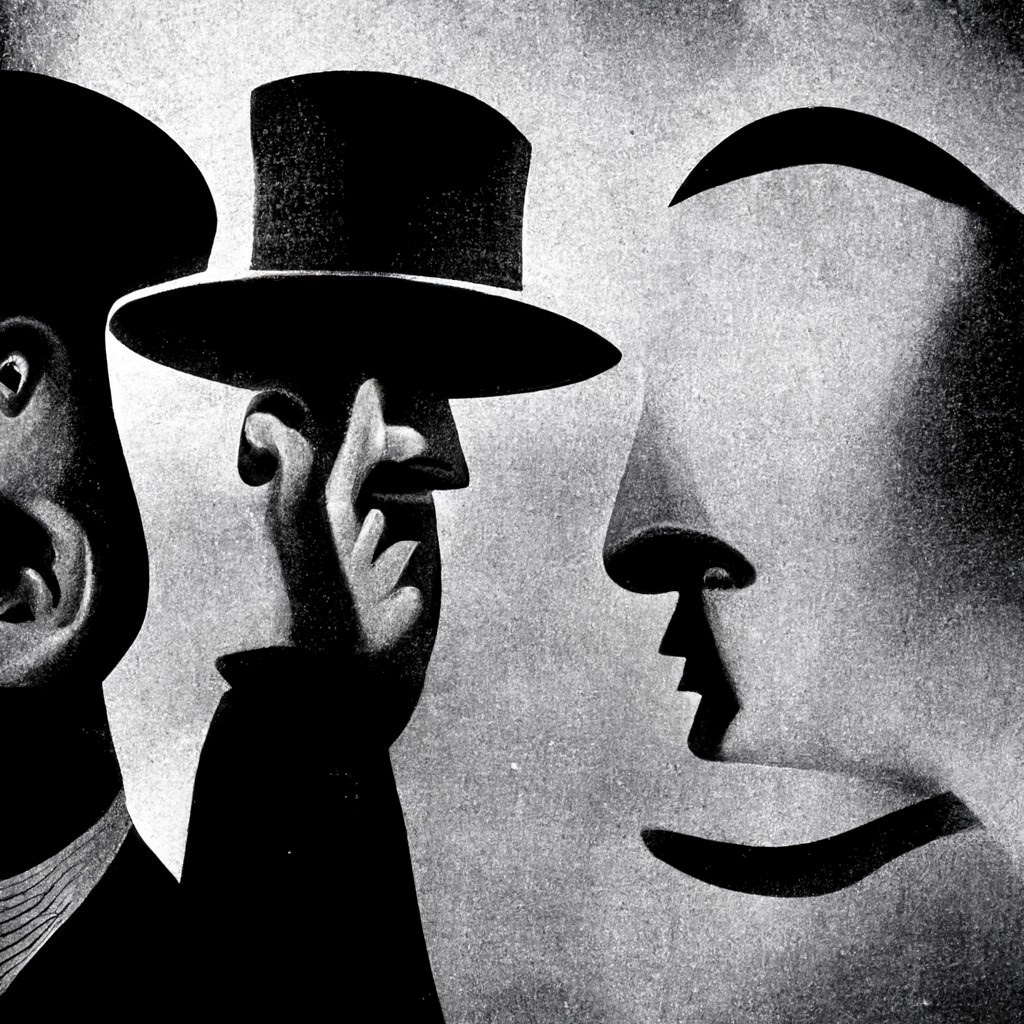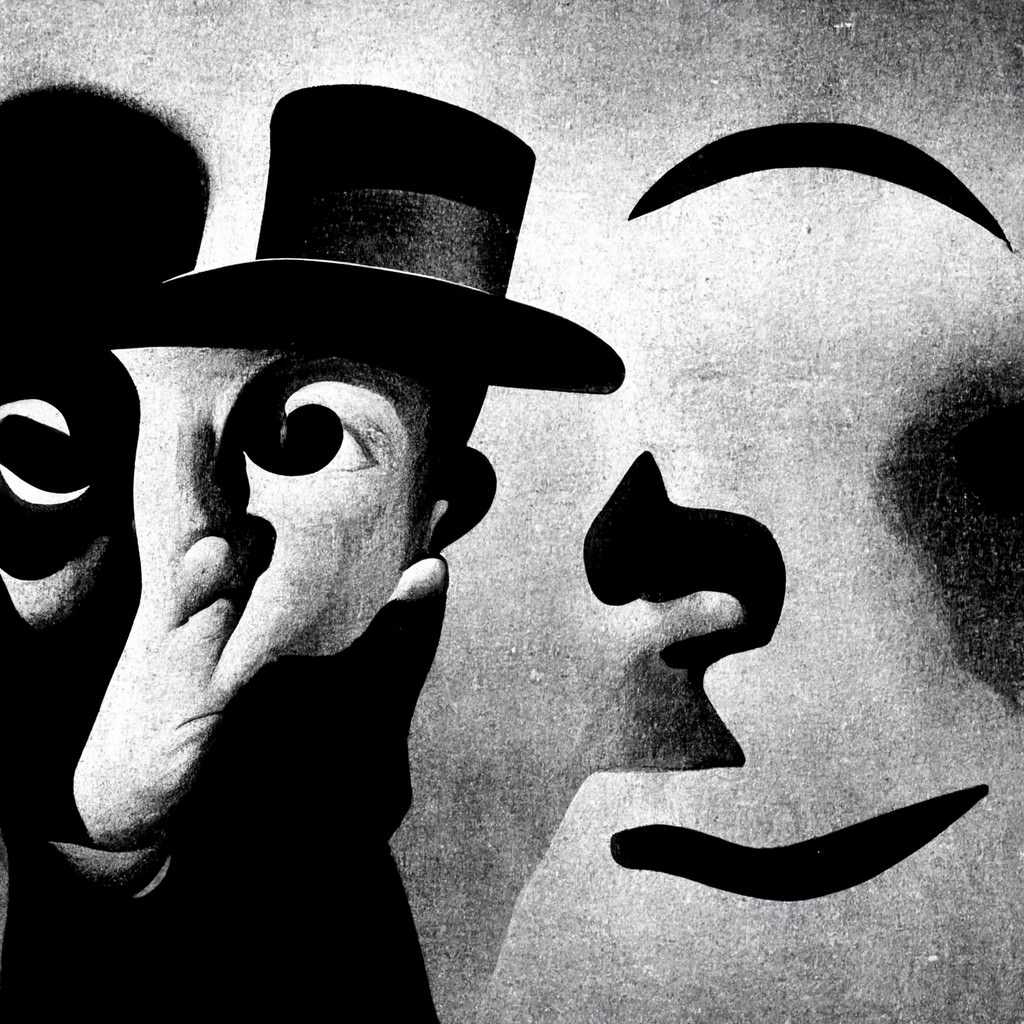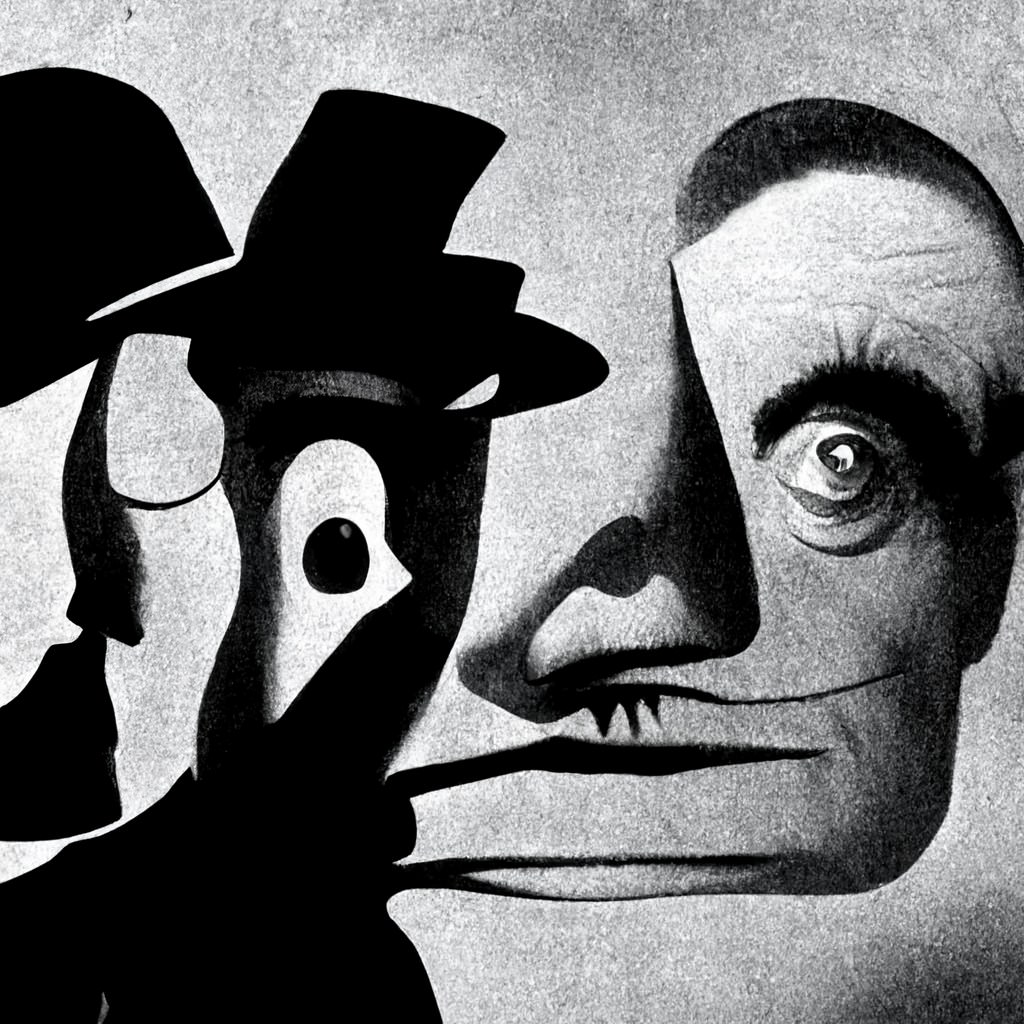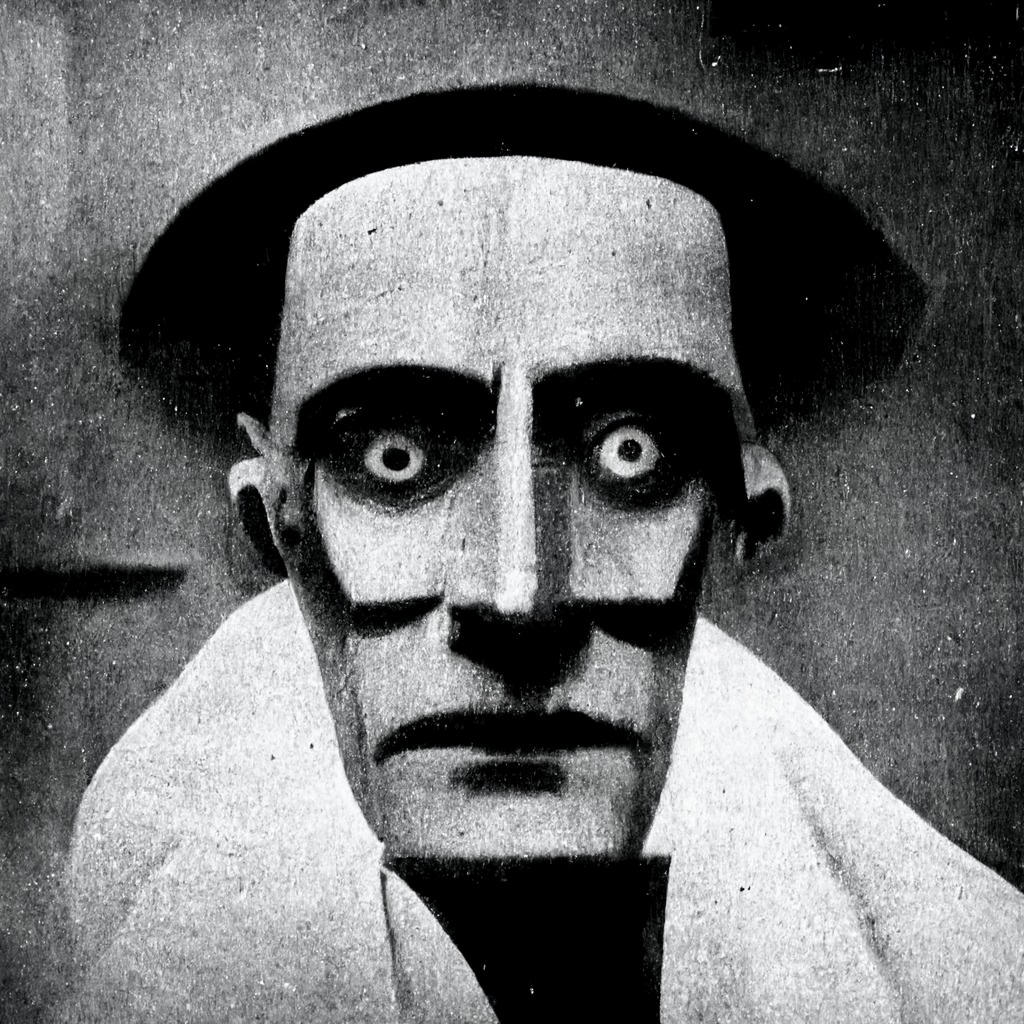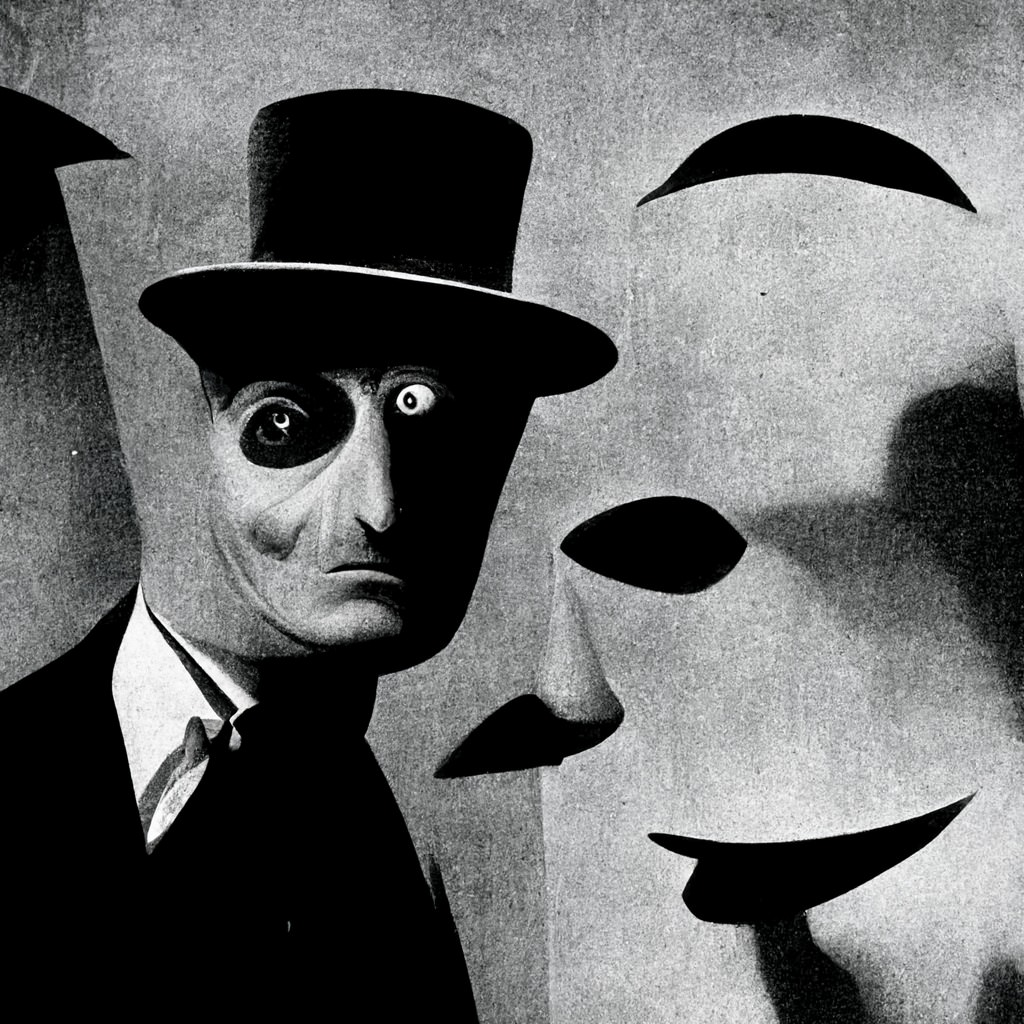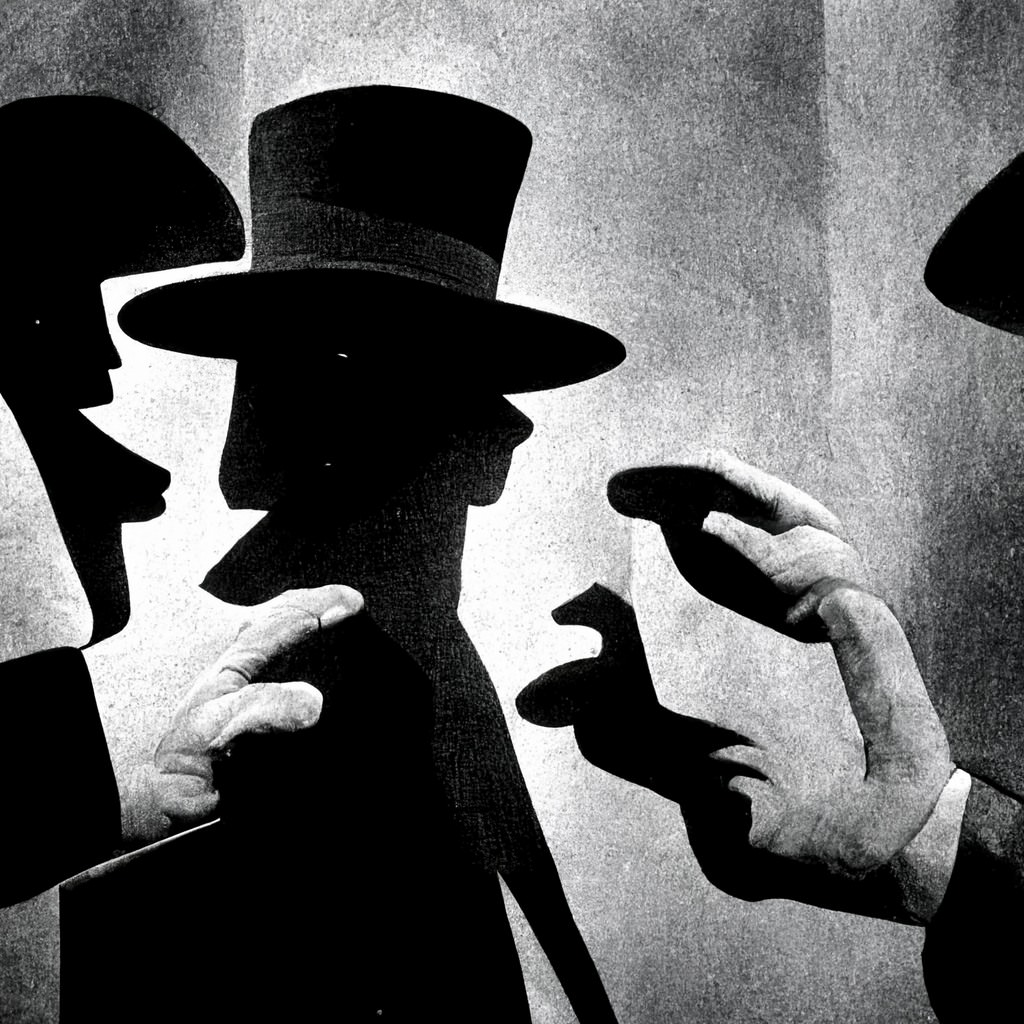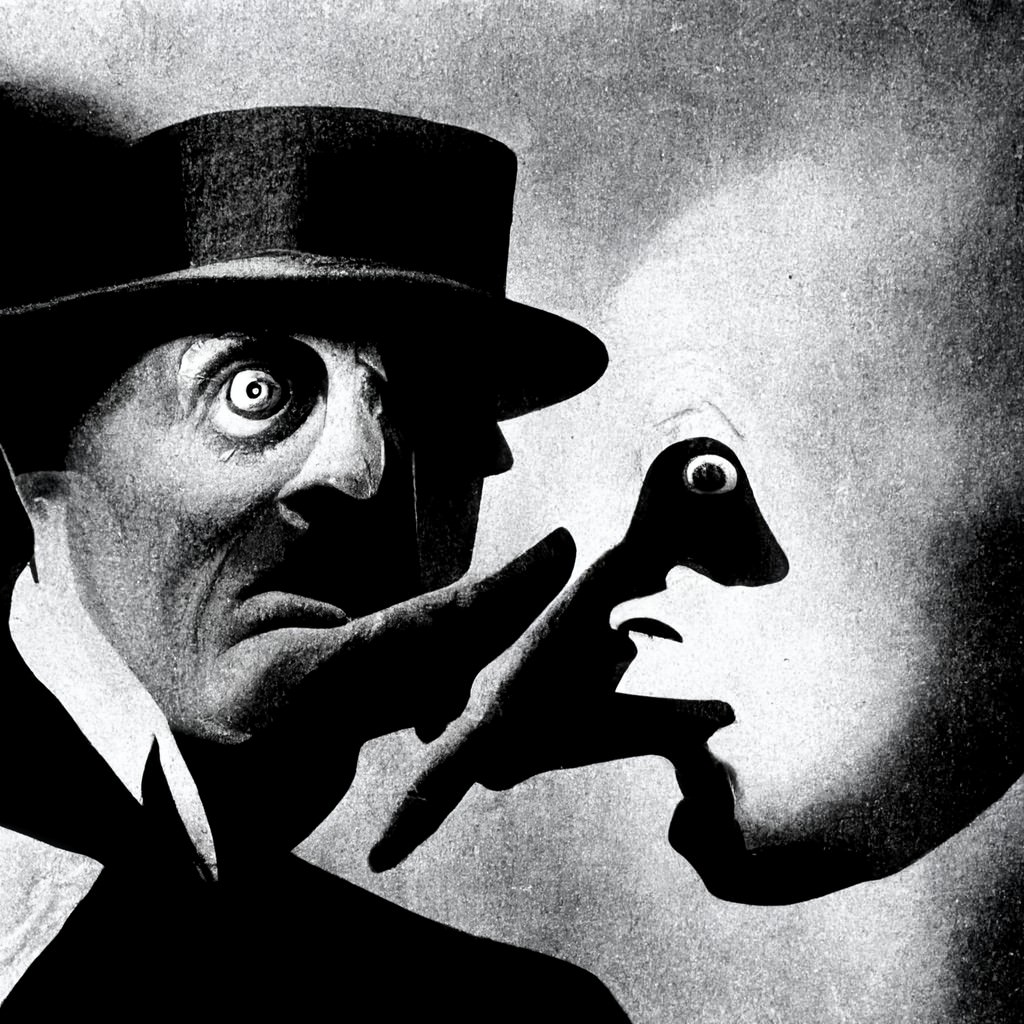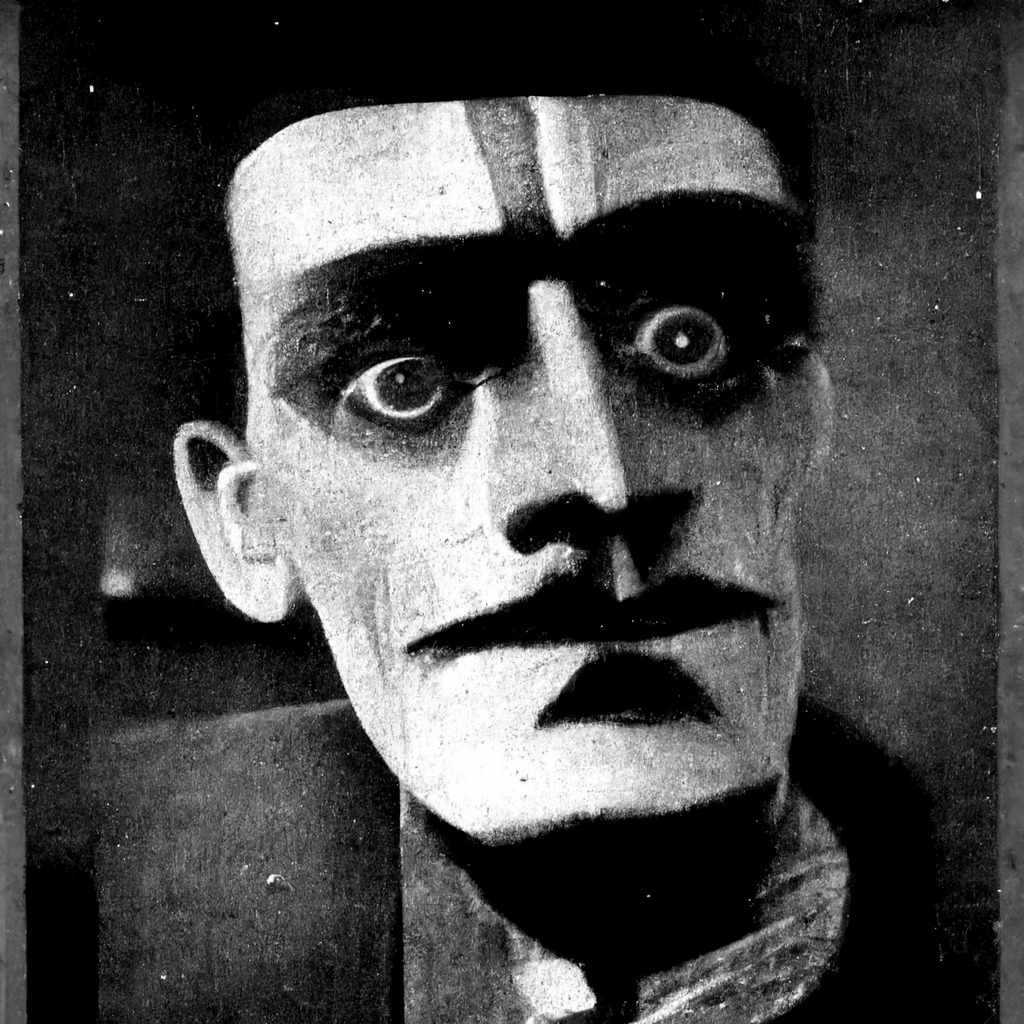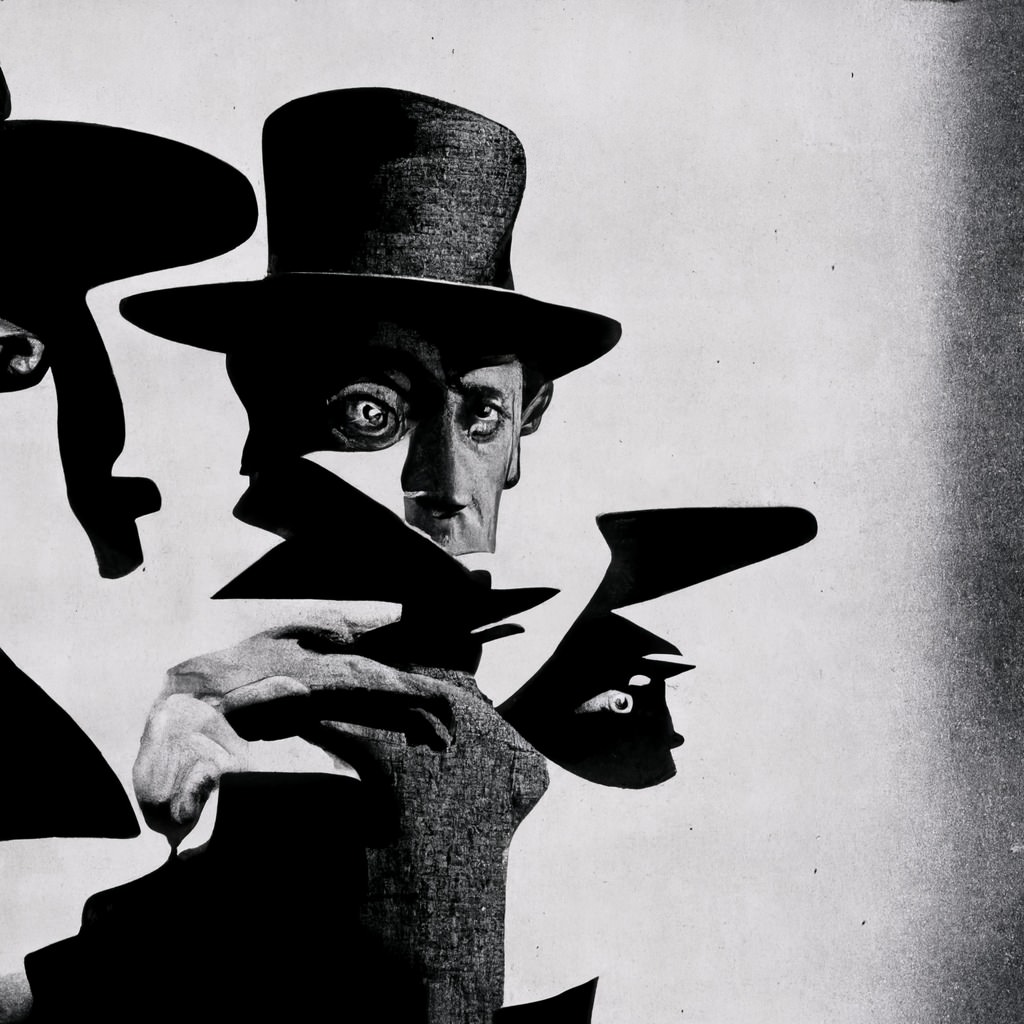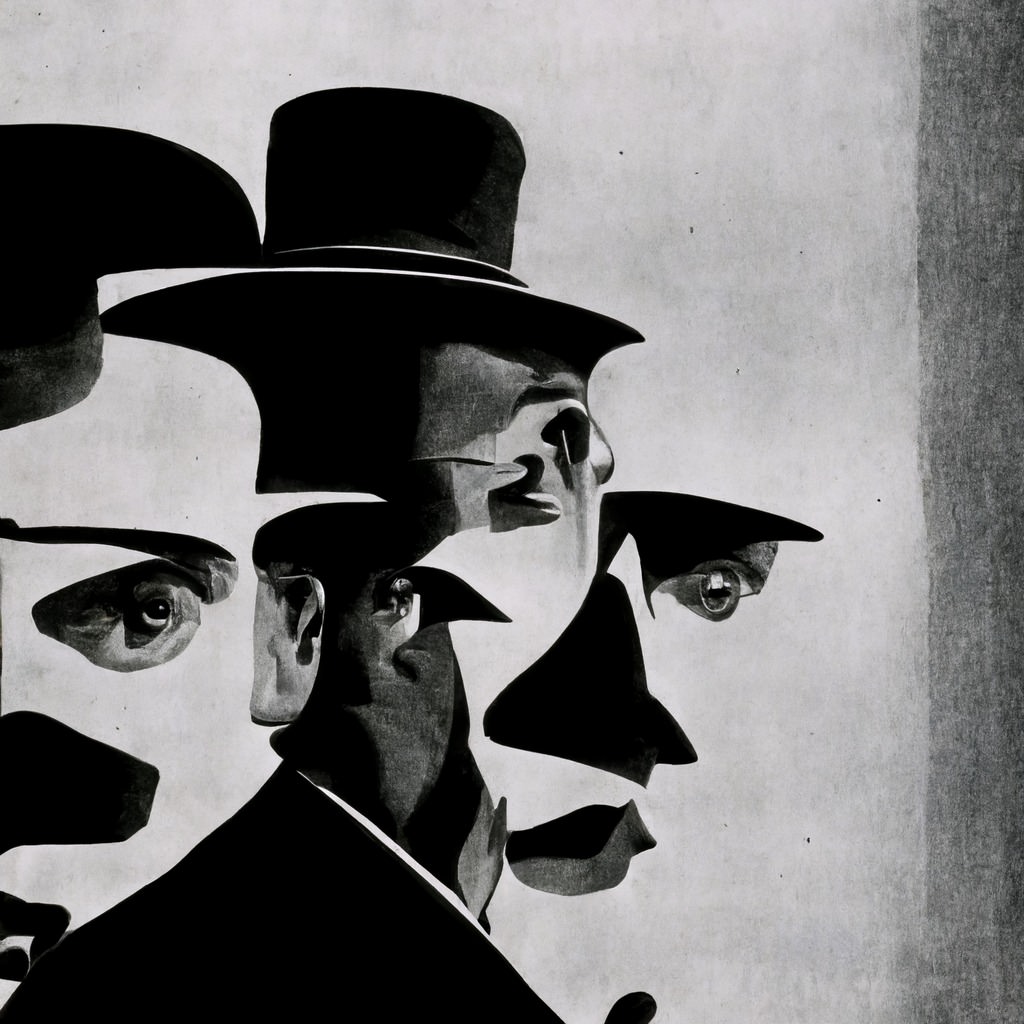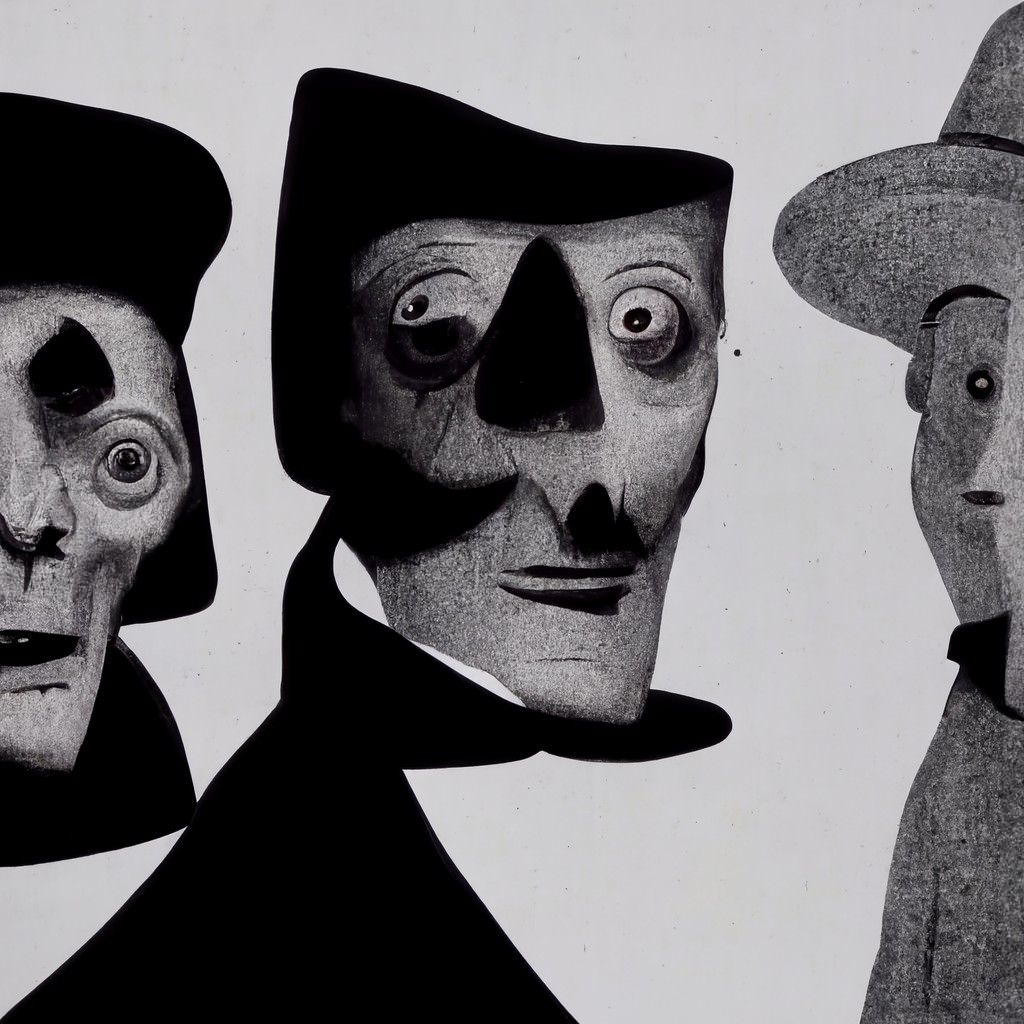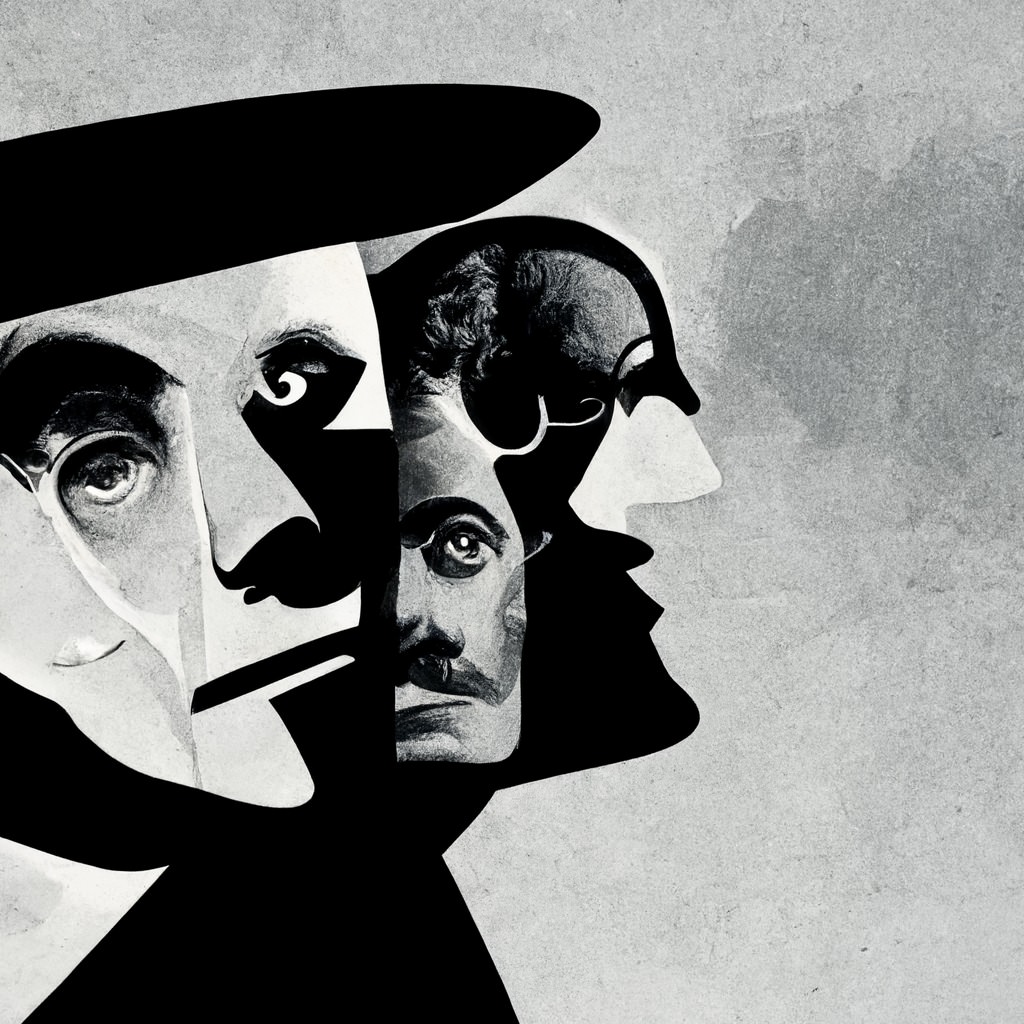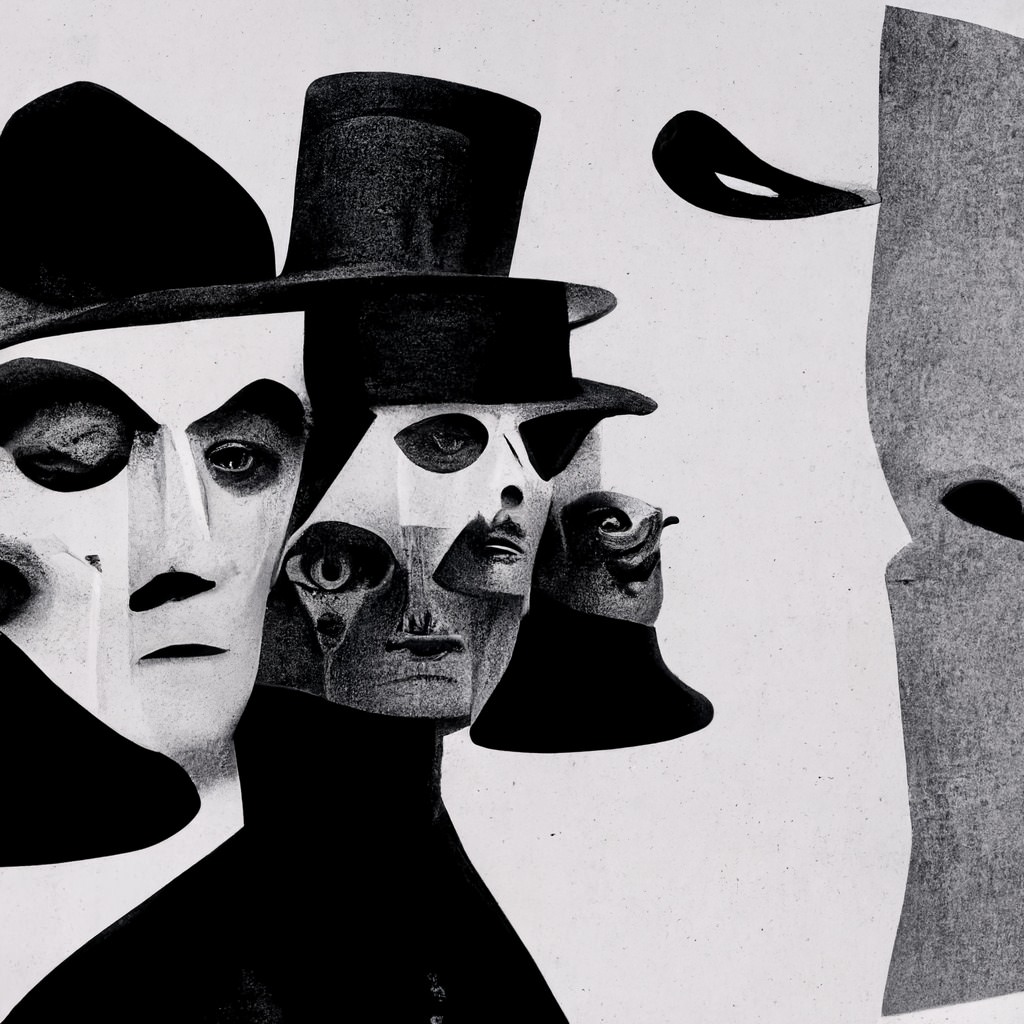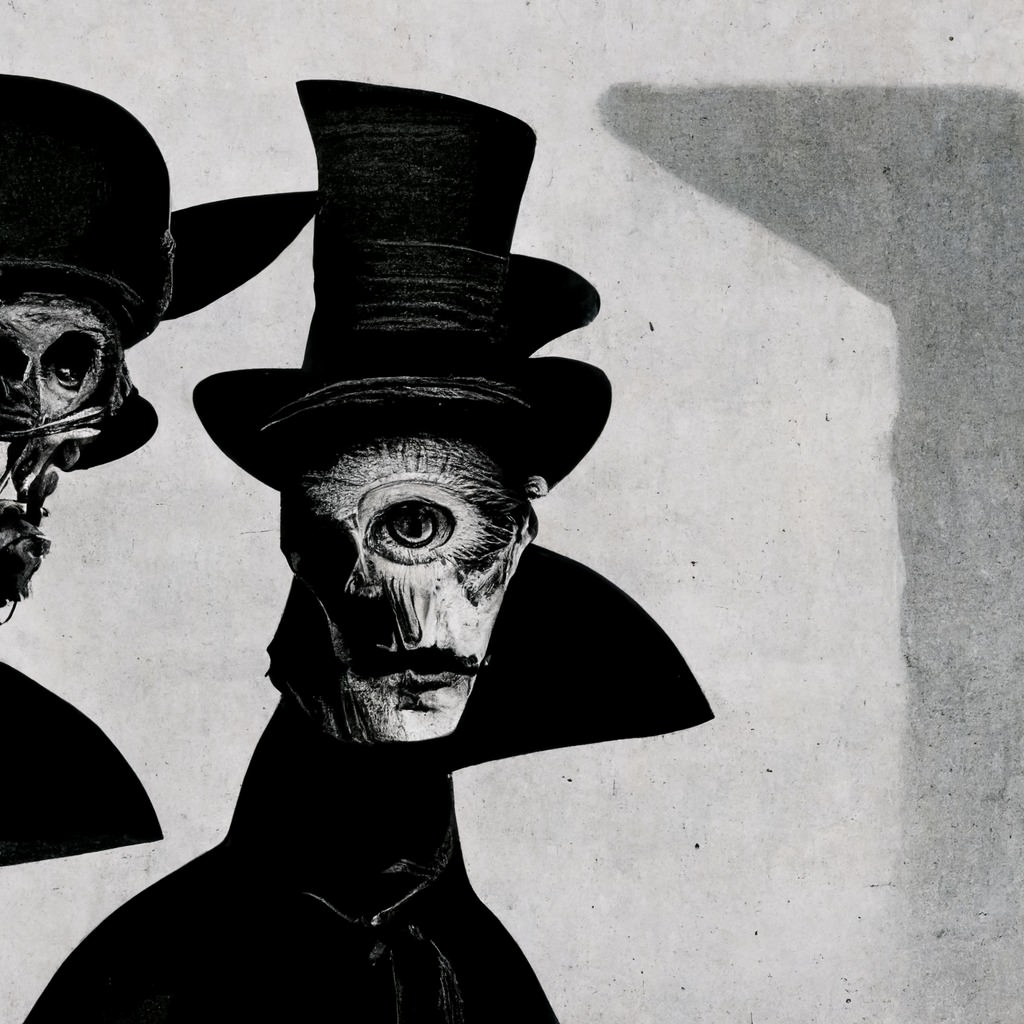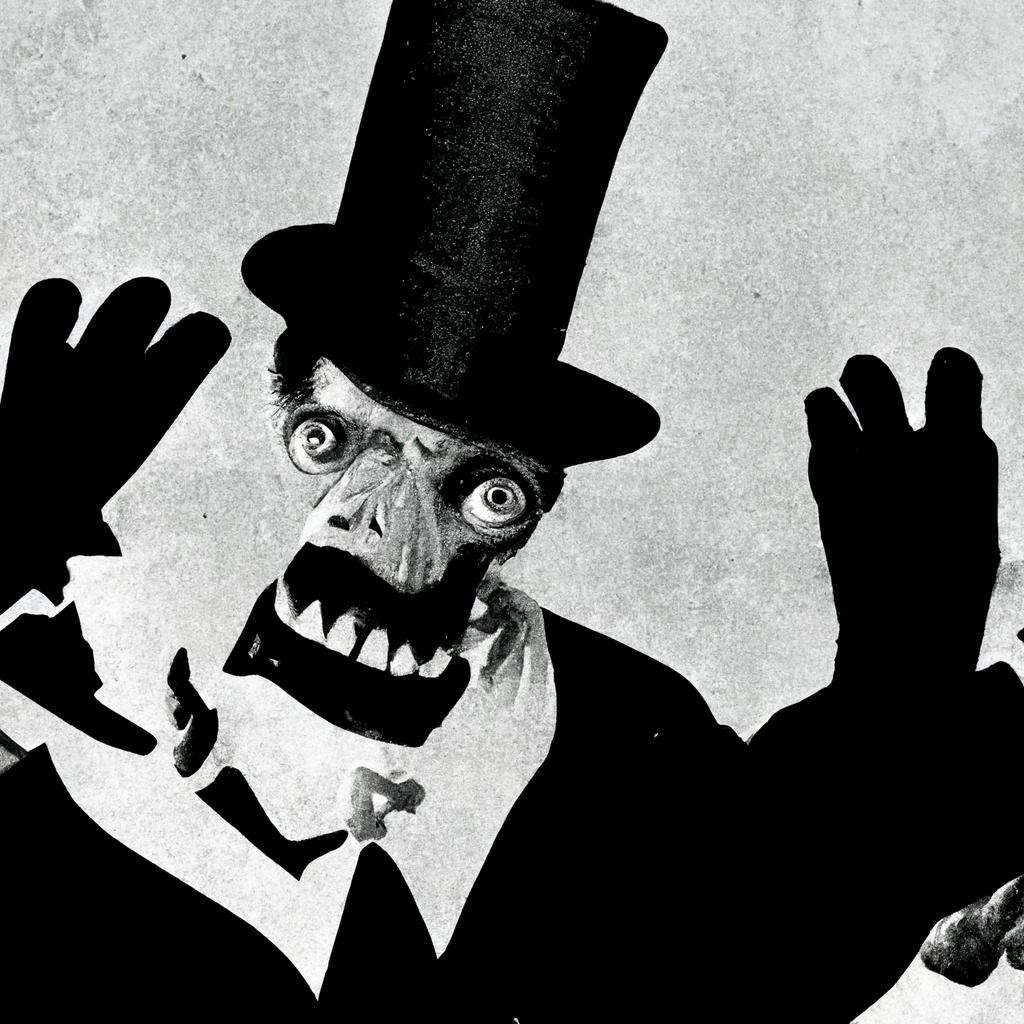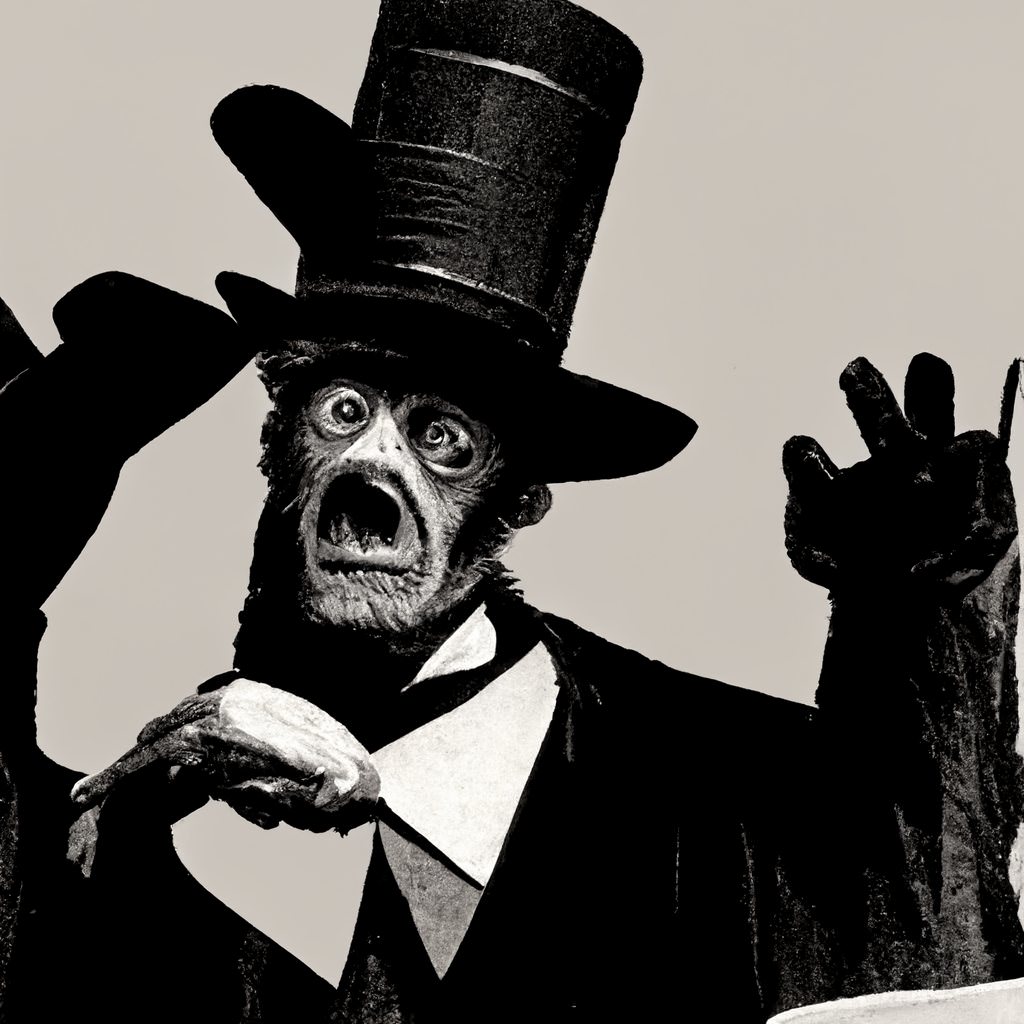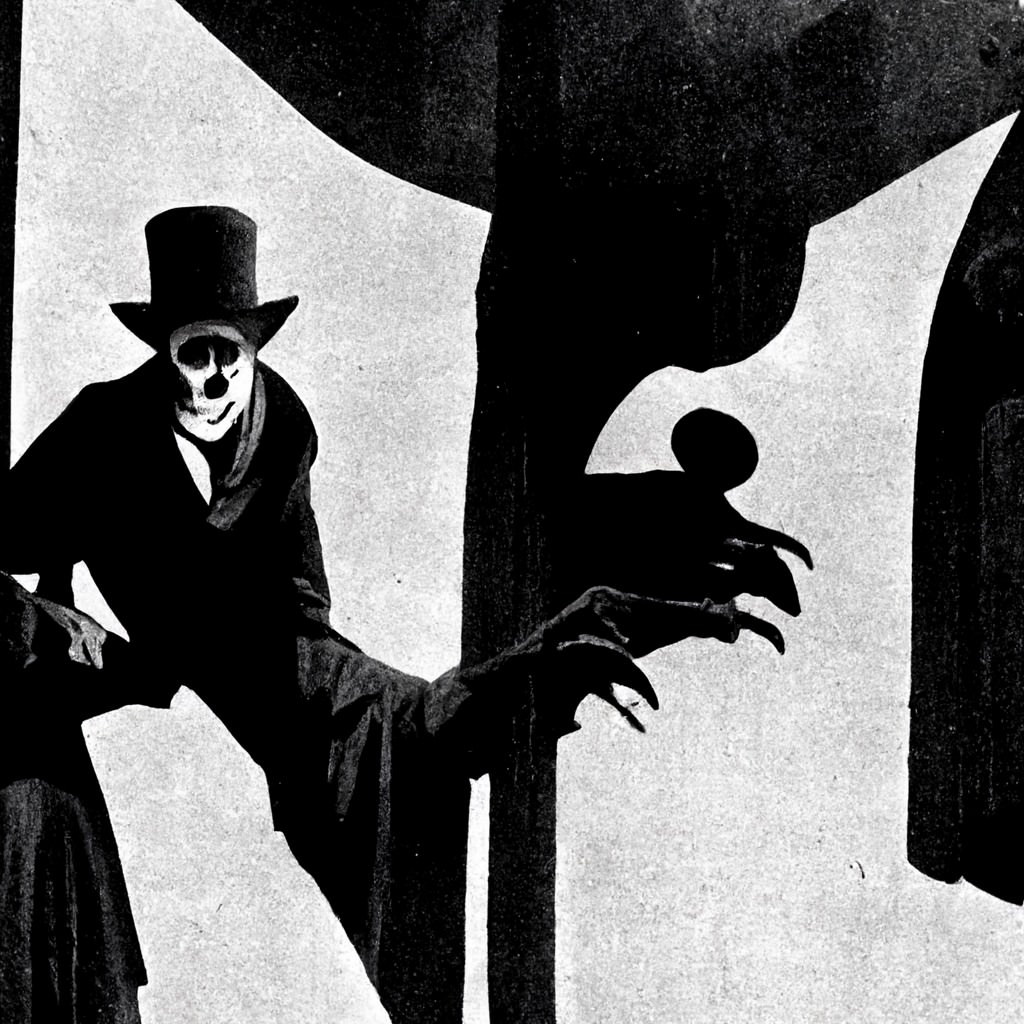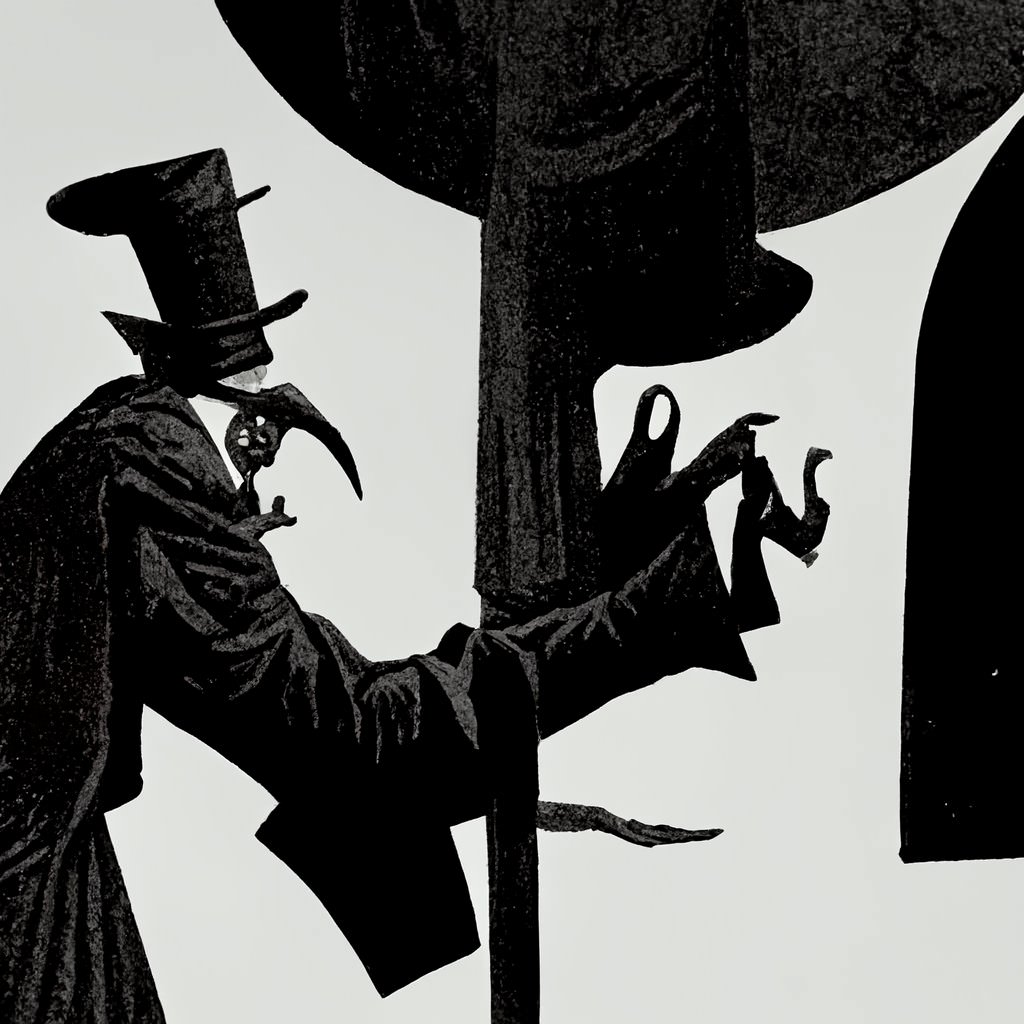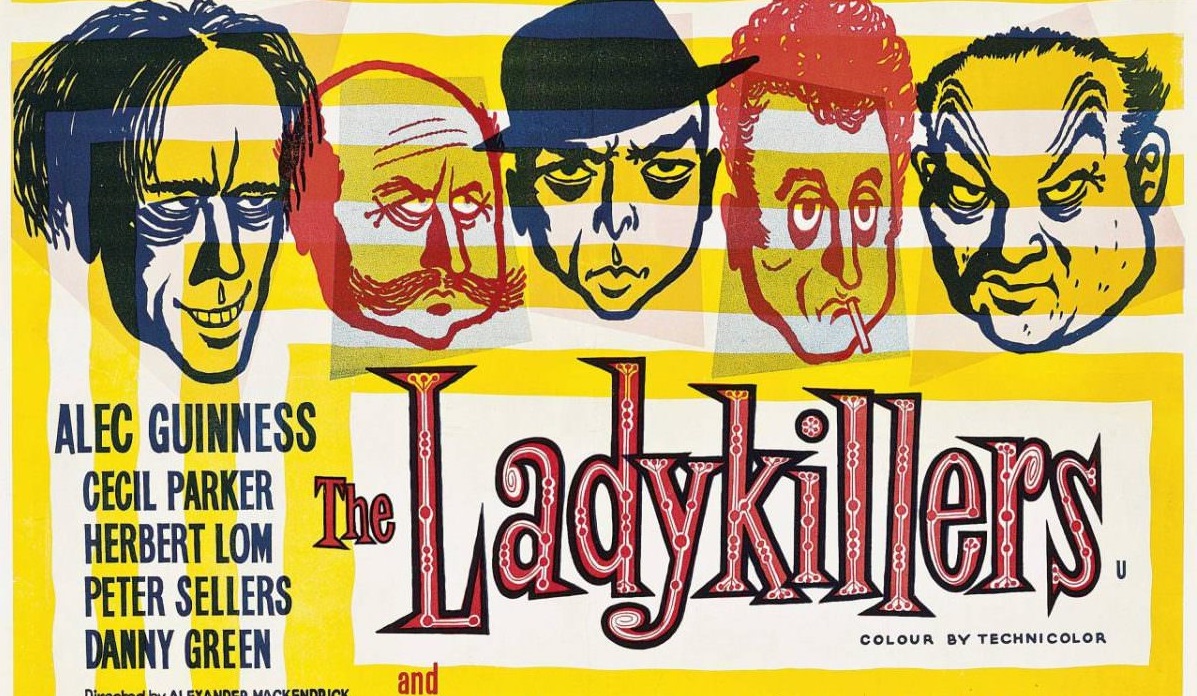In the shadows of a world long forgotten, a tale of terror and the supernatural unfolds. “The House at the Last Lantern” was a film never completed, a work of artistic genius crafted by the master of avant-garde cinema, Hans Richter.
As a prominent figure in the Dada movement, Richter delved into the depths of the human psyche, exploring the relationship between sound and image in ways never before imagined. It was to be a parody of sorts of Goethe’s “The Sorrows of Young Werther,” yet its true purpose was to tell the story of the life of Gustav Meyrink, a German playwright, novelist, and occultist, whose work often dealt with the supernatural.
But the film was never completed, and the world was denied the opportunity to witness the unique blend of Dadaism and horror that Richter had envisioned. Though the film was never completed, Richter’s work continues to be studied and revered by film historians and enthusiasts alike. His ideas about cinema as a modern art form, particularly interesting to the sense of sight, and the potential of cinema to fulfill certain promises made by the ancient arts, still linger on, a haunting reminder of what could have been. The House at the Last Lantern, a mystery wrapped in an enigma, forever etched in the annals of film history.


